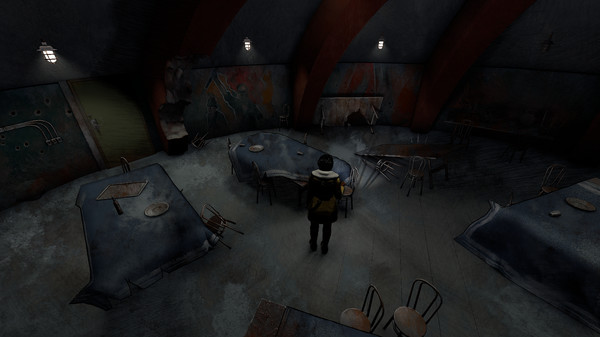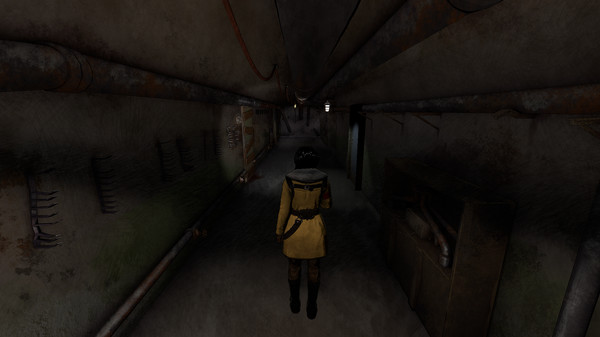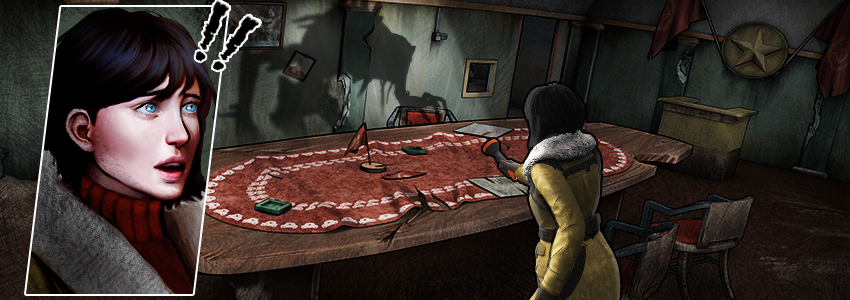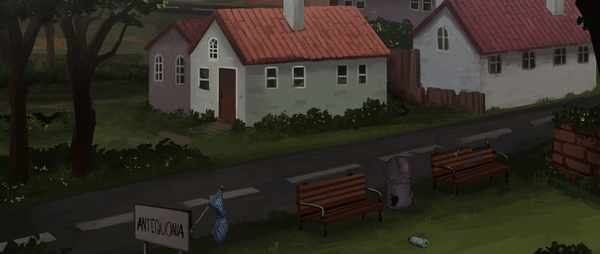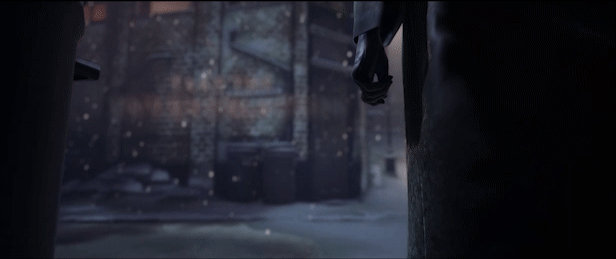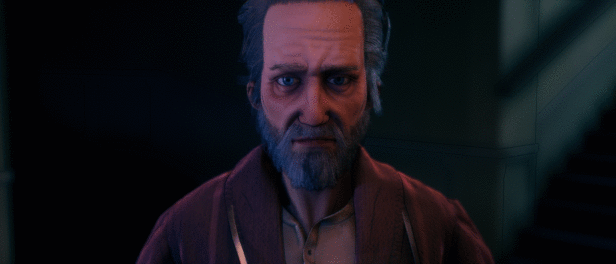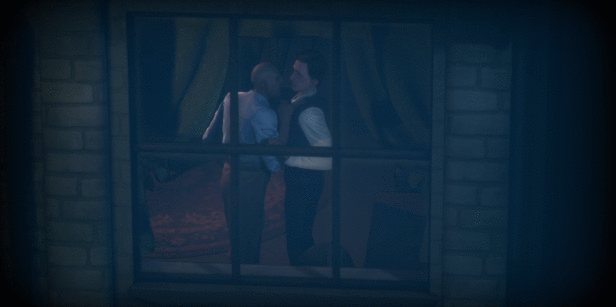I think I'm done with the interesting Adventure Demos now for the most part, best of the batch were The Bookwalker and INCANTAMENTUM.
The Bookwalker: https://rpgcodex.net/forums/threads/the-bookwalker.140398/
The Drifter: Pixel Point & Click Adventure game where you play... a drifter. Underlying family drama plot seems uninteresting, but there's some more about time travel, crazy hobos and special forces soldiers disappearing people, gets a bit "dark and gritty" near the end there. You can only click on shit once with one action till it's unusable. Another action sometimes opens up after the first. You open up new topics to talk to people about by talking to them or inspecting stuff. Interesting and short enough to check out for half an hour by playing through what's basically the Prologue.
Unusual Findings: Stranger Things the Adventure game, 80s Nostalgia, Look/Grab/Talk verb Wheel. You're grounded for blowing up the neighbors lawn. Your friend Nick comes to visit and tells you that you could spend a night looking at Naked Chicks on Cable TV because your nerdy other friend built a Descrambler to make just this possible, but as you arrive there you find out that it can receive even more than premium cable, extraterrestrial signals! It's a bit too short to tell anything much about the final product other than setting up the basic mood and premise for which the soundtrack is partly responsible, apparently it's mostly to promote their upcoming KickStarter:
https://www.kickstarter.com/projects/epicllama/unusual-findings-point-and-click-adventure-to-the-80s
Nightmare Frames: Similar to the above, only more about the movie business and Friday/Jason movies. You play a washed-up wimpy cunt of a Hollywood script writer named Alan Goldberg in the mid-80s looking for inspiration regarding his newest horror slasher. Left-click to interact, Right-click to look. Kind of comes off as a bit pretentious and cynical at times. Technically not up to par with some of the others, shittier pixel graphics, can't change things like resolution, Alt-Tabbing out gives you a Soundloop etc. I was a bit bored by the end.
The Tartarus Key: Mystery Adventure game in the style of the PlayStation era with blocky character models. Kind of feels a bit like Resident Evil, but without the zombies and in First Person. You play as some woman named Alex waking up on a couch trapped in a room of a strange mansion and immediately find out there are other people in the same situation as you find a Walkie Talkie nearby. You walk around in an FPS perspective and interact with the environment to examine it for clues. Interact using E or LMB, zoom in with MMB, F key for flashlight, Q key for Optional conversations as you examine your surroundings, TAB key for inventory, some objects have hidden messages you have to examine them in the inventory for. Can also be played with a Controller. There's some Cutscenes where the characters talk every now and then, dialogues with other characters happen in a separate dialogue window with rare choices. Essentially you solve a series of Escape room puzzles in a creepy mansion to drive the story forward and there's notions of supernatural and ritualistic elements being involved, but no definitive answers. Ends just when it gets interesting.
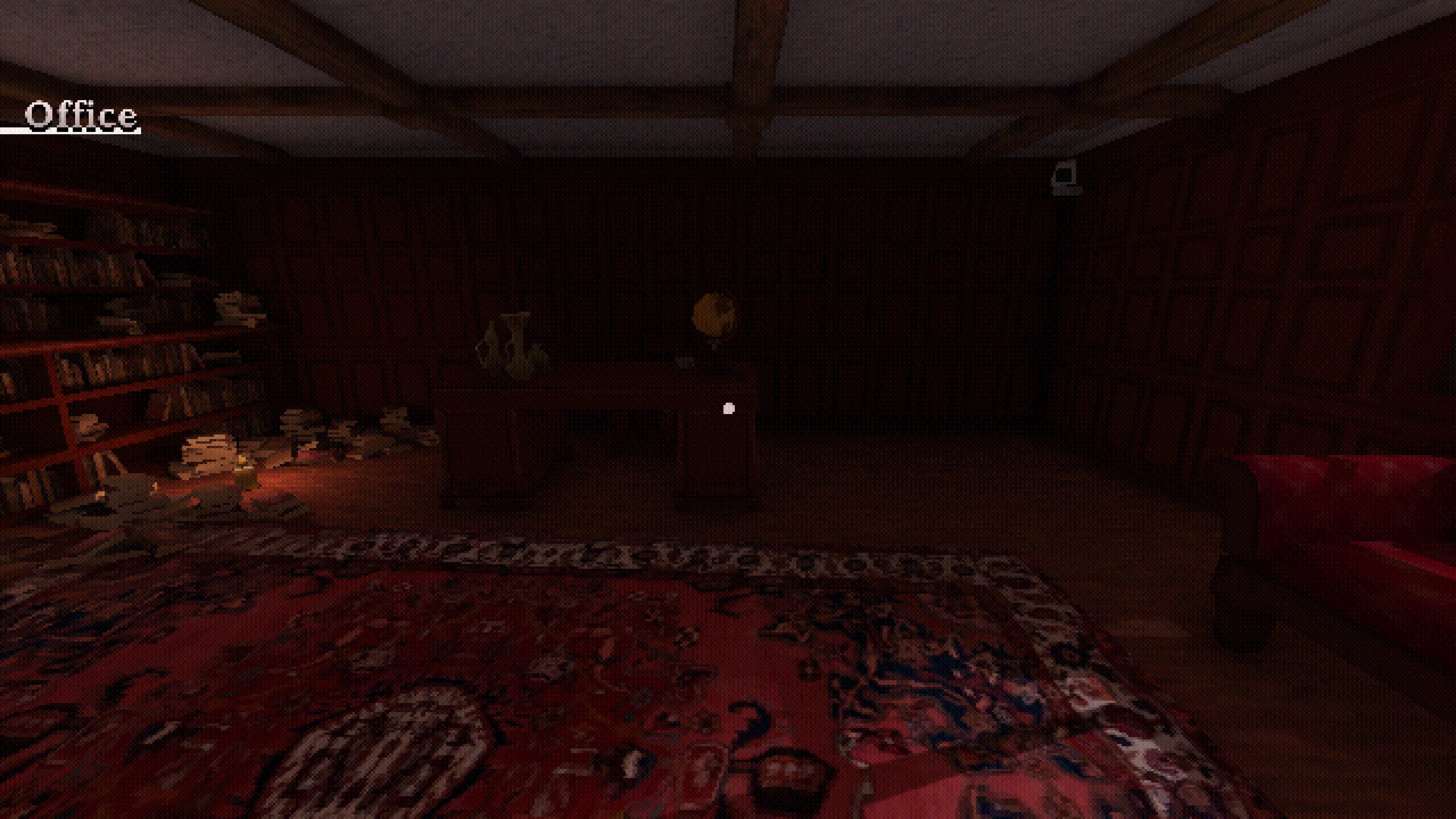
Cleo - A Pirate's Tale: Seems like this one was built with consoles in mind and plays better with a controller, or you'll have to use WASD/Space/Enter/M/I instead. Apparently a Solo developed German Kickstarter Adventure about pirates with seemingly light combat elements, where you have to play a pink-haired little girl called Cleo. There's pirates, monkeys, rum, boats, krakens, humor and treasure, but it ended up being too cutesy for me and it didn't really grab me. There are two mini-game based puzzles in the short bit of the Demo, one is some intricate made-up card game you can play, so I guess that kind of stuff'd be large parts of the game.
INCANTAMENTUM: Impressive looking Pixel graphics and mood setting with its background music and things like close-ups and neat looking pixel rain. A bit weird that it doesn't have any voice-overs at all after all these other (and some even cheaper-looking/low-budget Demos) did. Right-click to Examine, Left-click to interact. Victorian era England, you play as Miss Bateman, who arrives in the small village of Bewlay in the moors to explore and possibly excavate Hob's Barrow. Quite an eerie atmosphere and curious and mostly very unfriendly folk throughout. The Demo ends rather quickly before you are able to find out much about any larger mystery.
Born Punk (Porn Bunk?): Visually well looking pixel graphics, annoying character and grating voice-overs from the start. Playing a superstitious Diversity Hire in 2151 possessed by some entity in a world in which Cuba is apparently a superpower. The "Demo" is really just a single room with a couple of simplistic puzzles.
Ejected Star: Very amateurish. Everything about it is half-baked from the voice-overs, to the art, repetitiveness of it, animations etc. I guess it's trying to do homage to Space Quest/Star Trek. But instead of Roger Wilco or Kirk you play as Weasley Crusher.







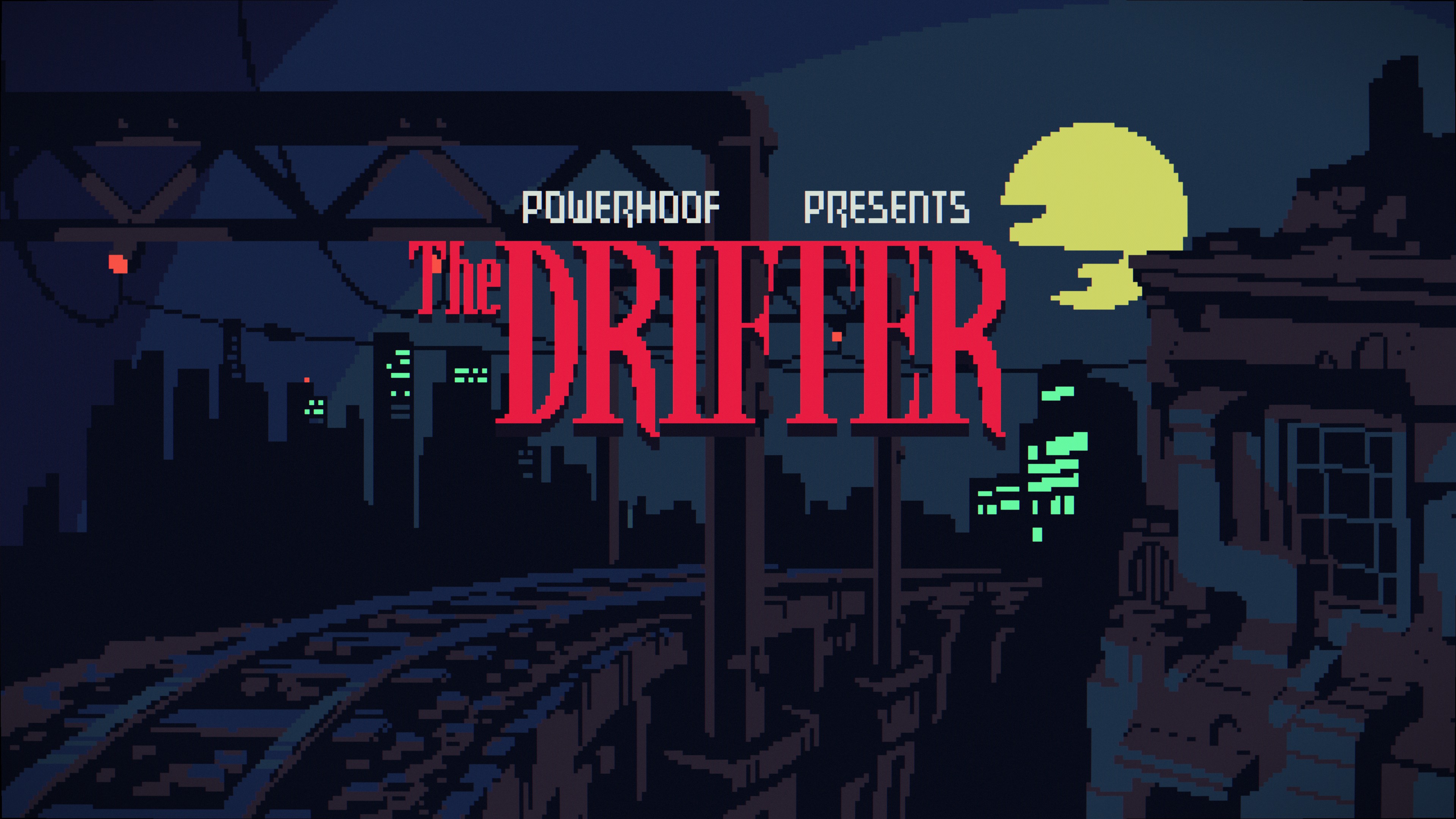
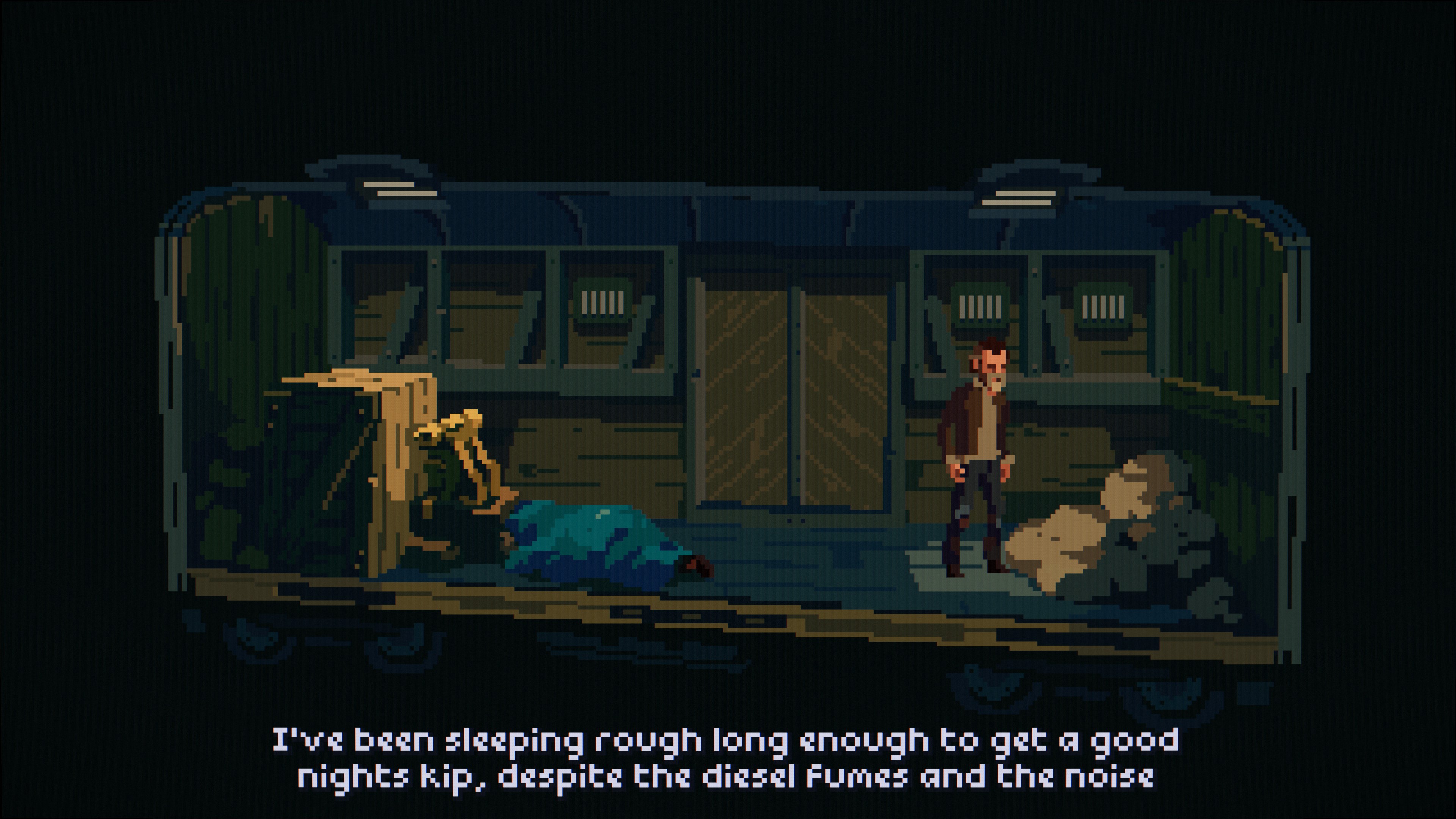
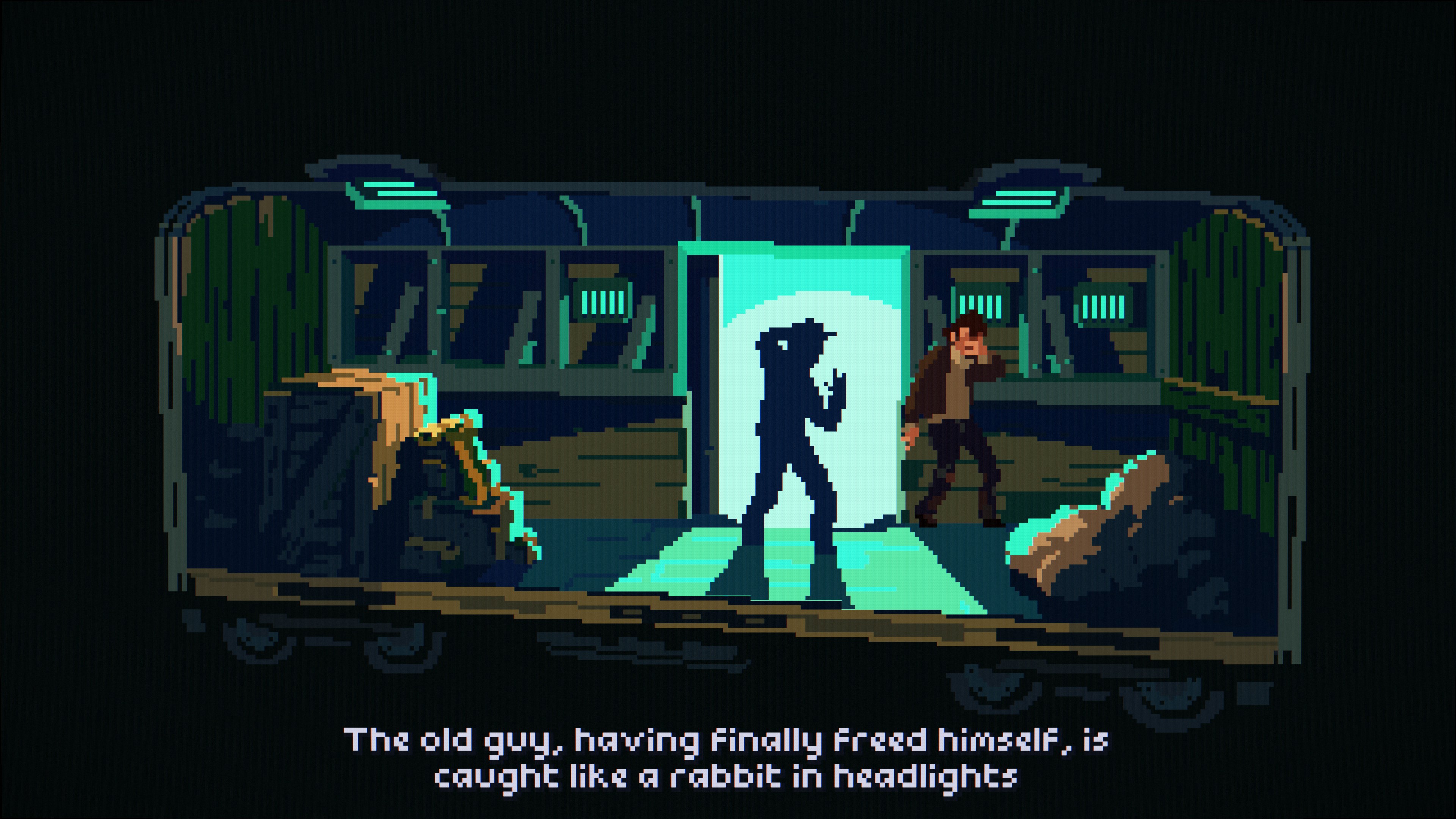
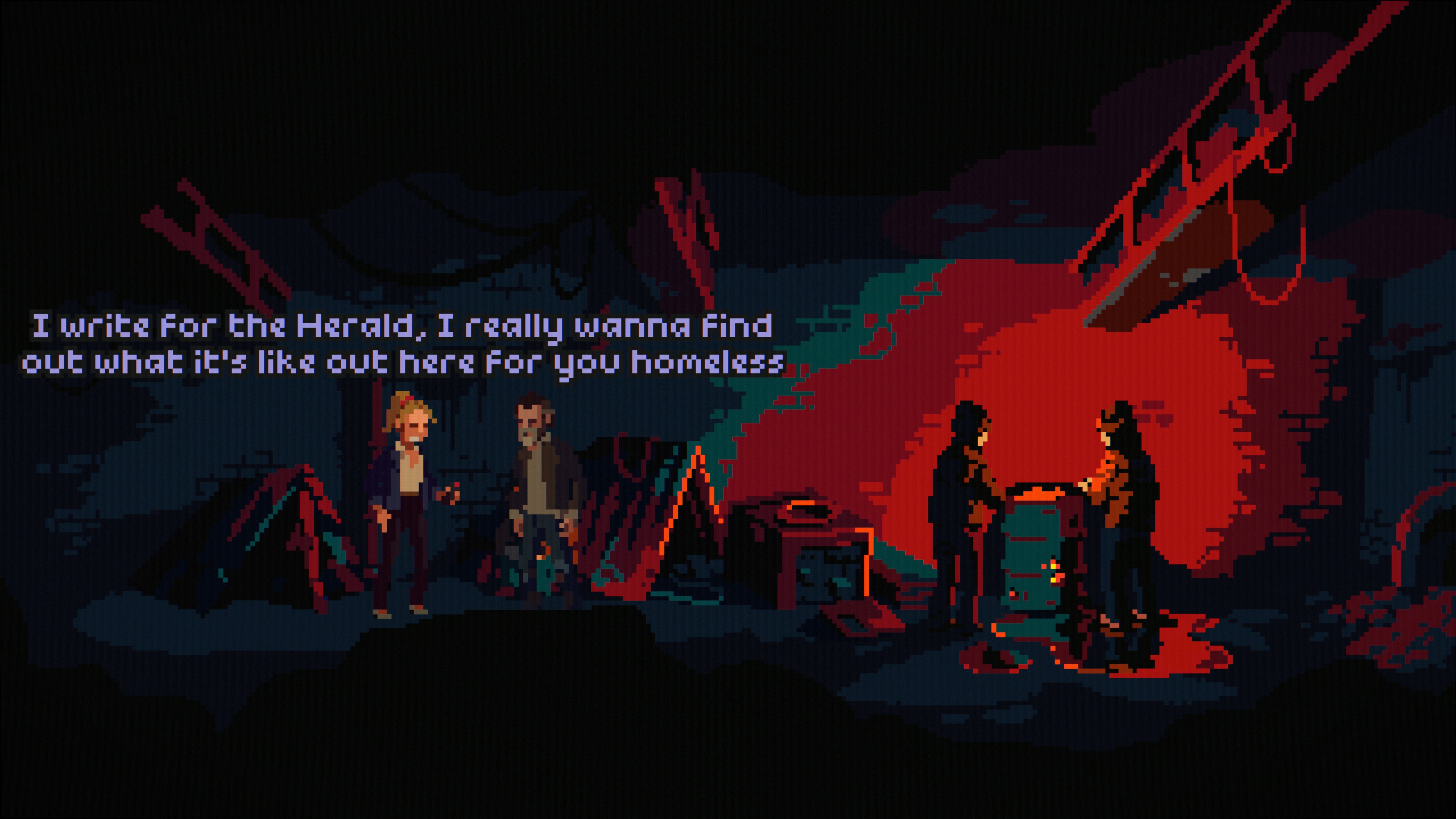






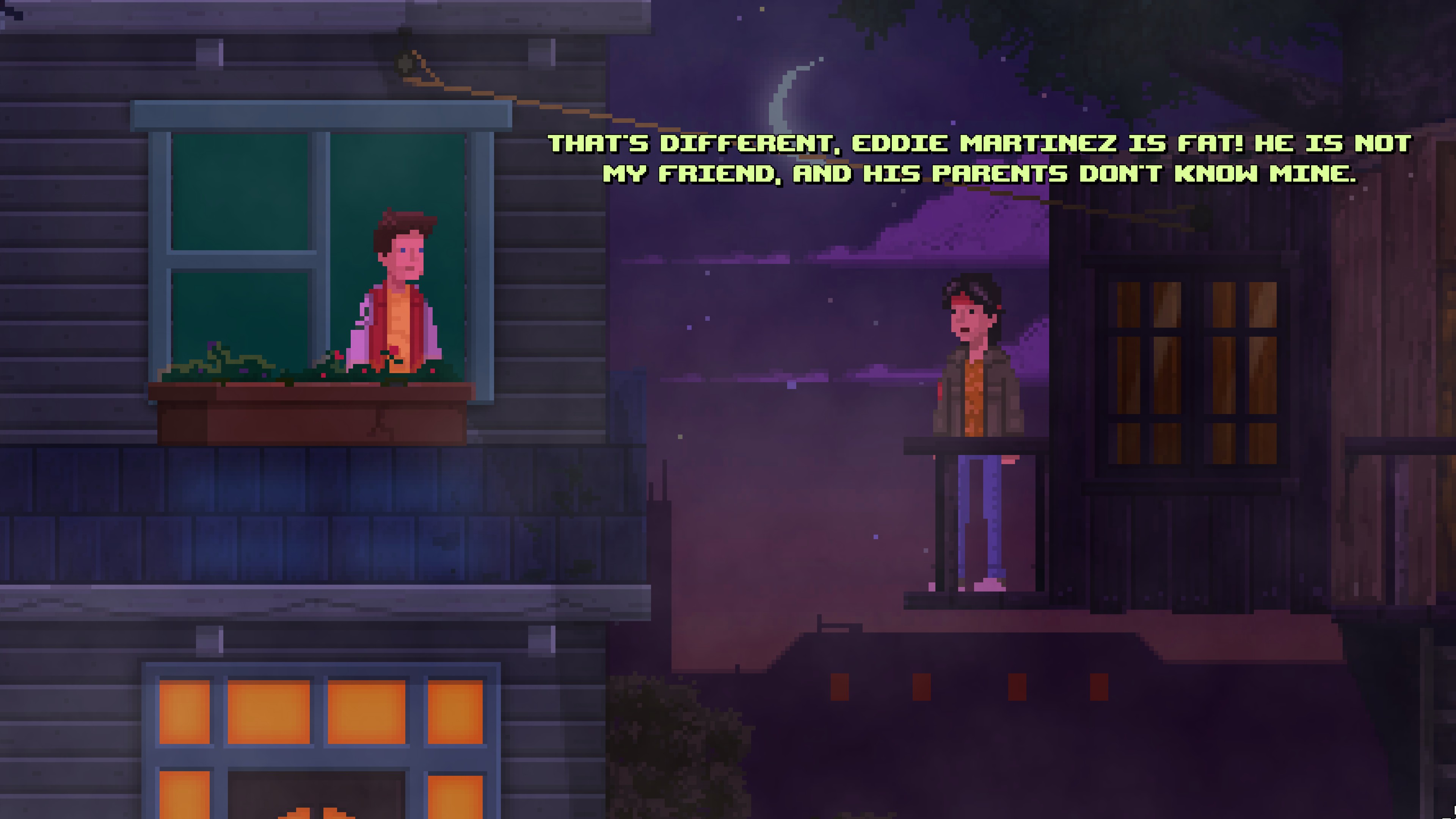
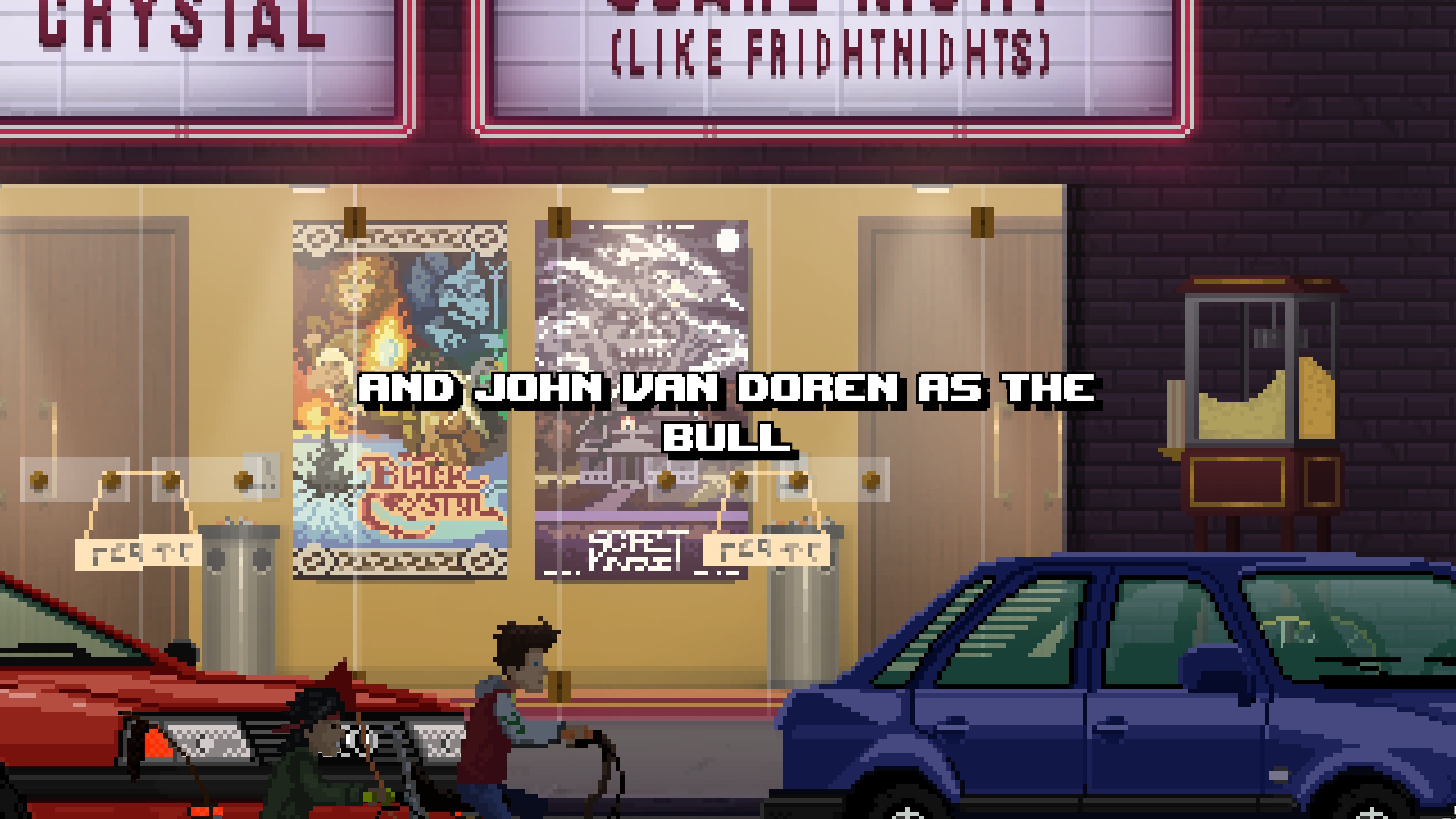

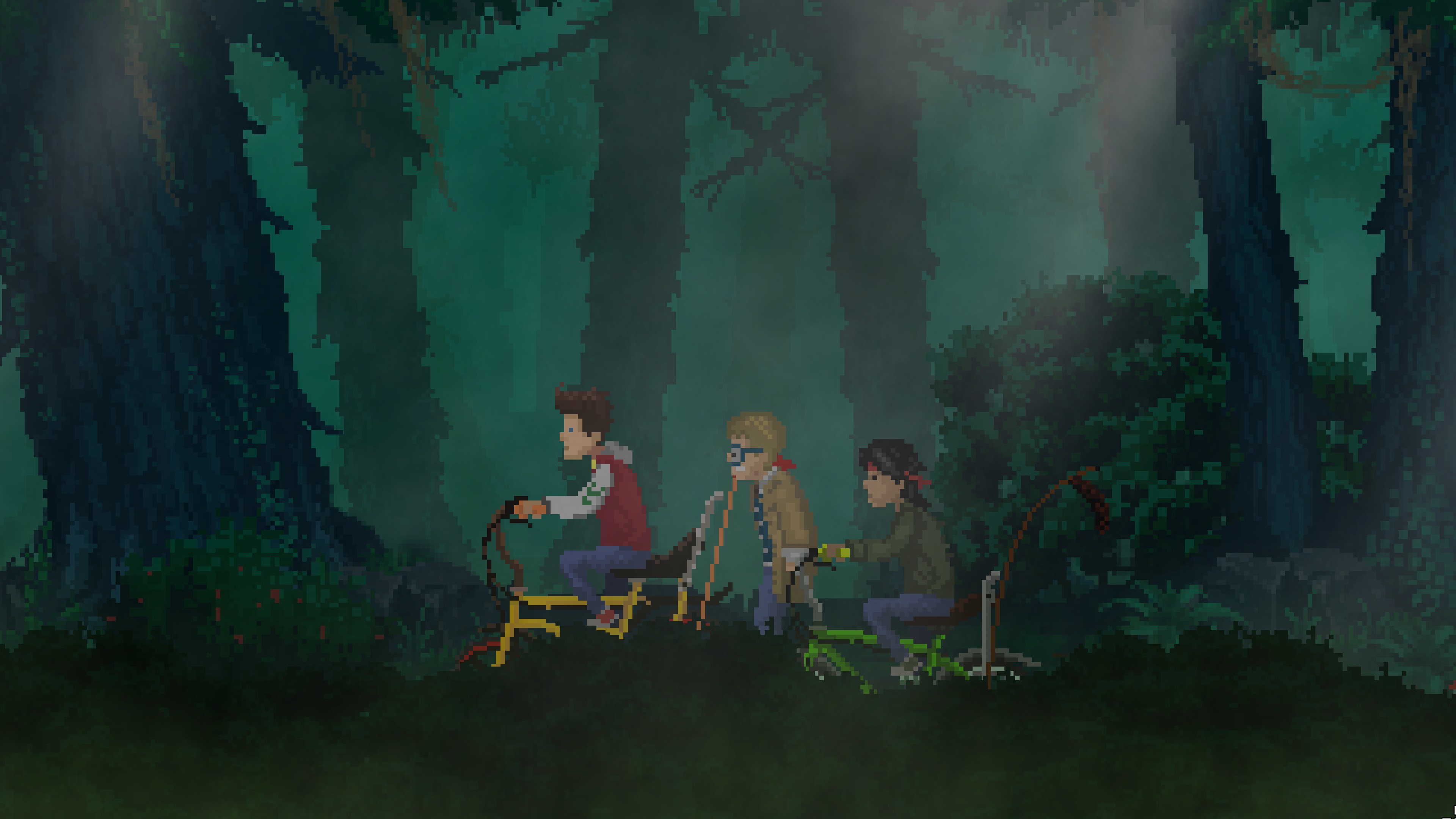
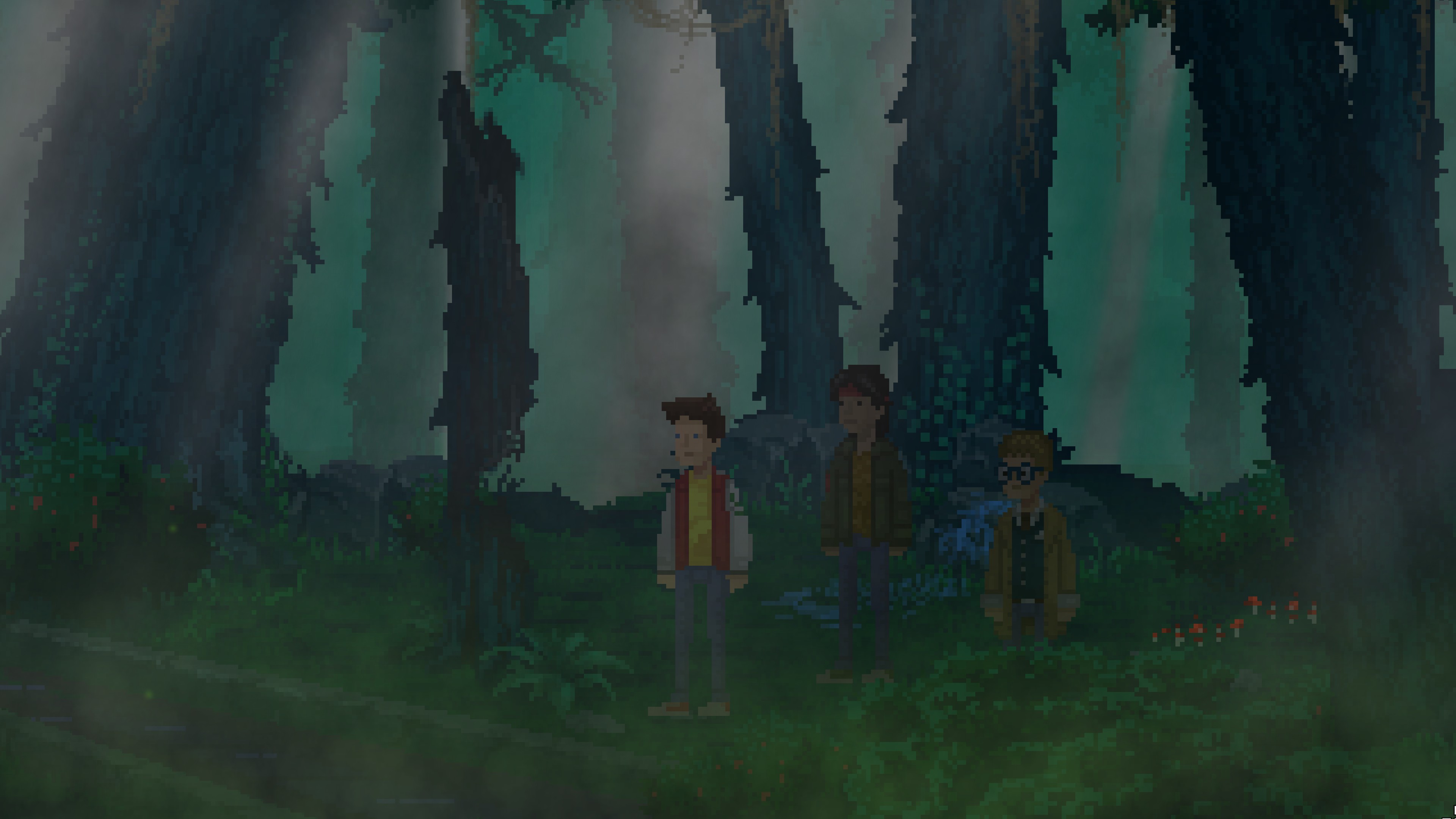

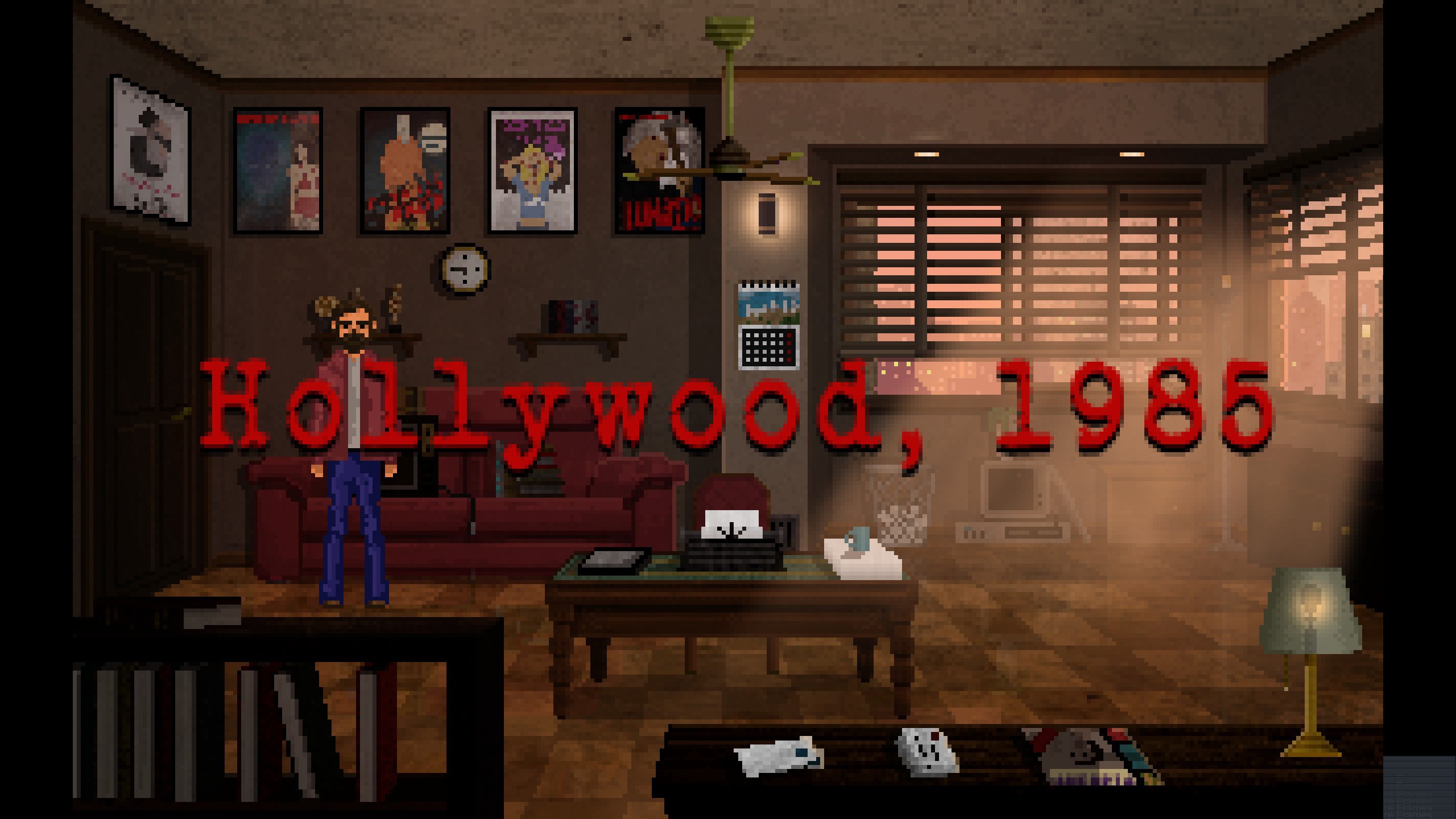
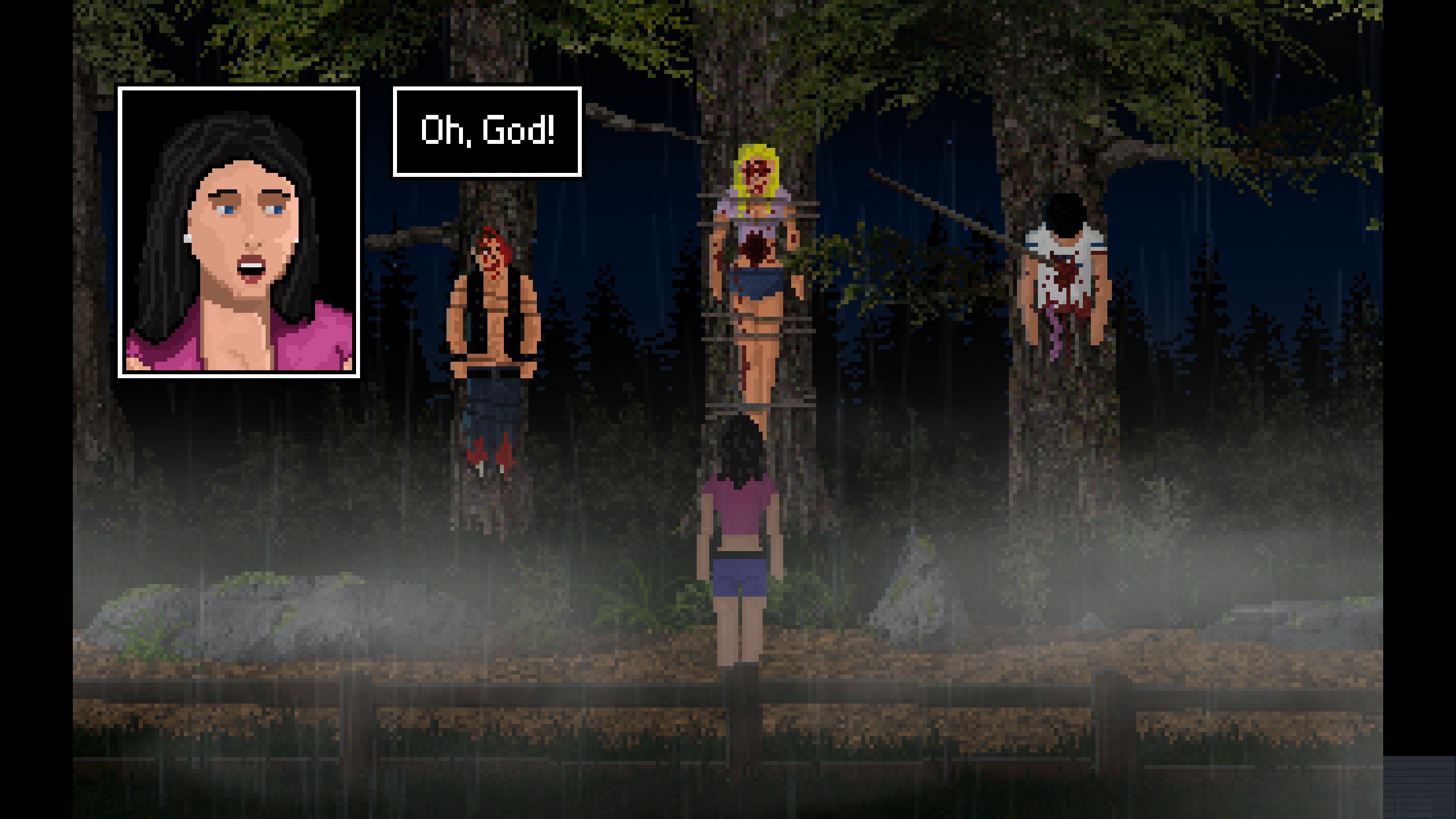
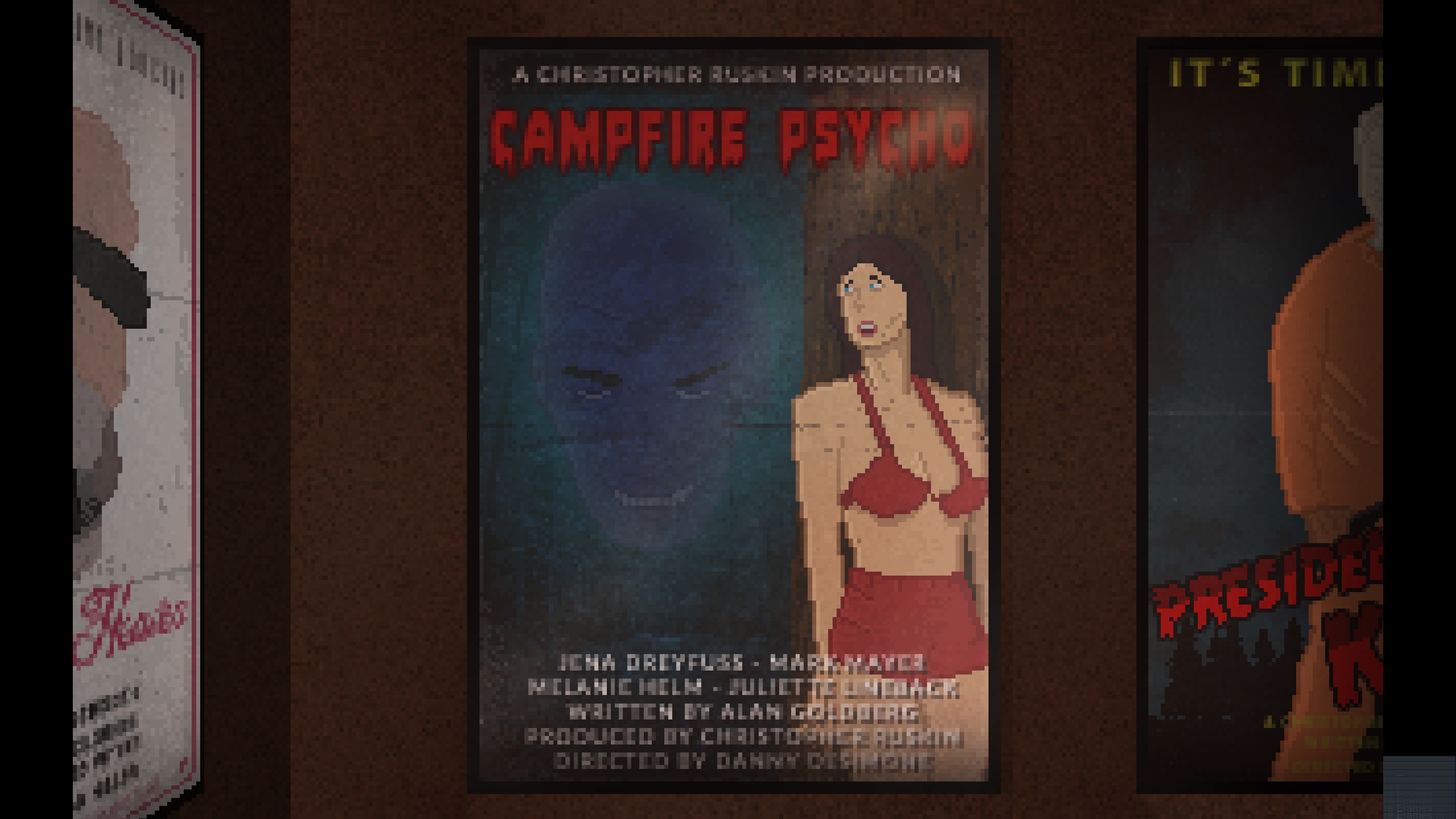
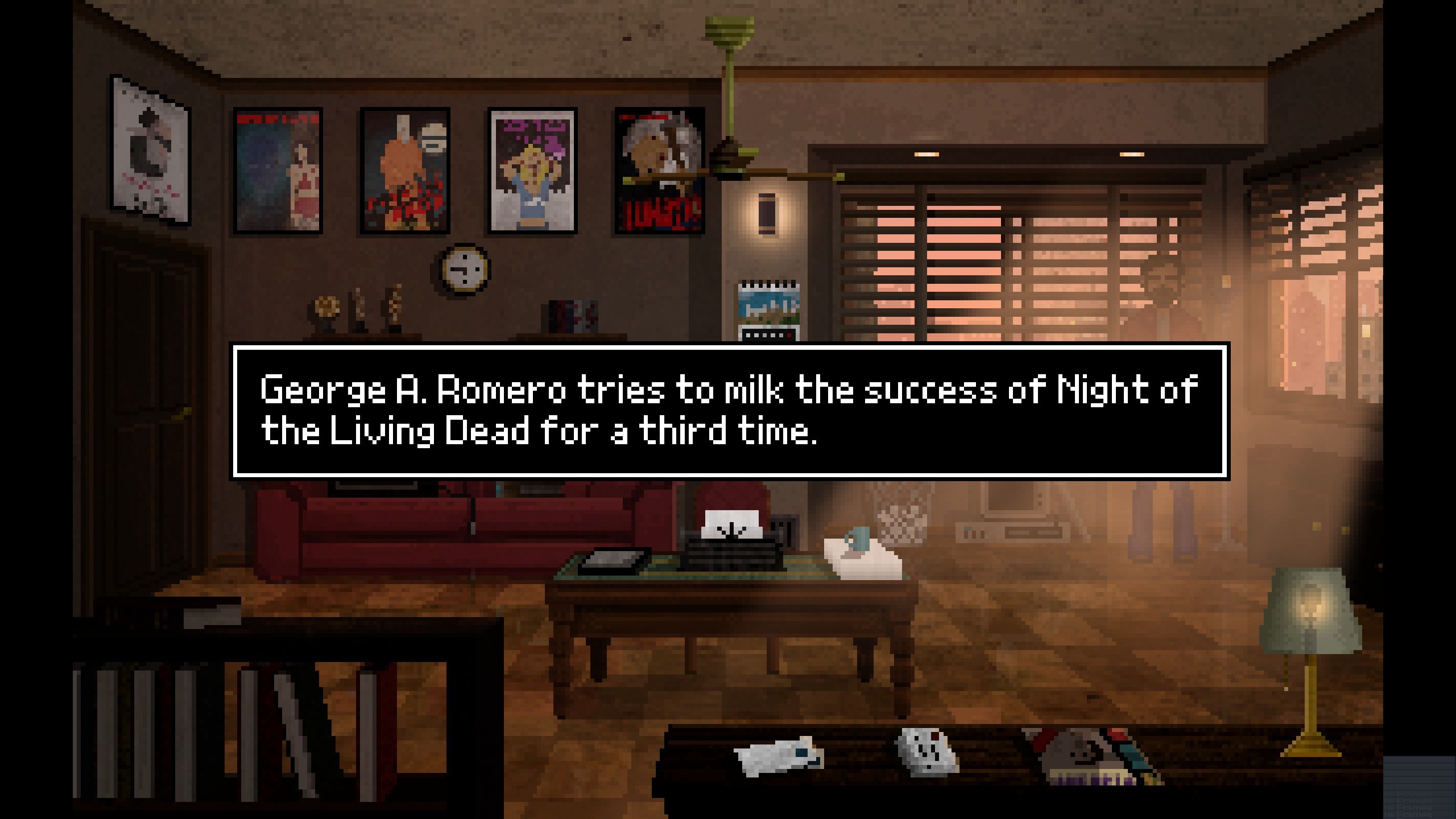


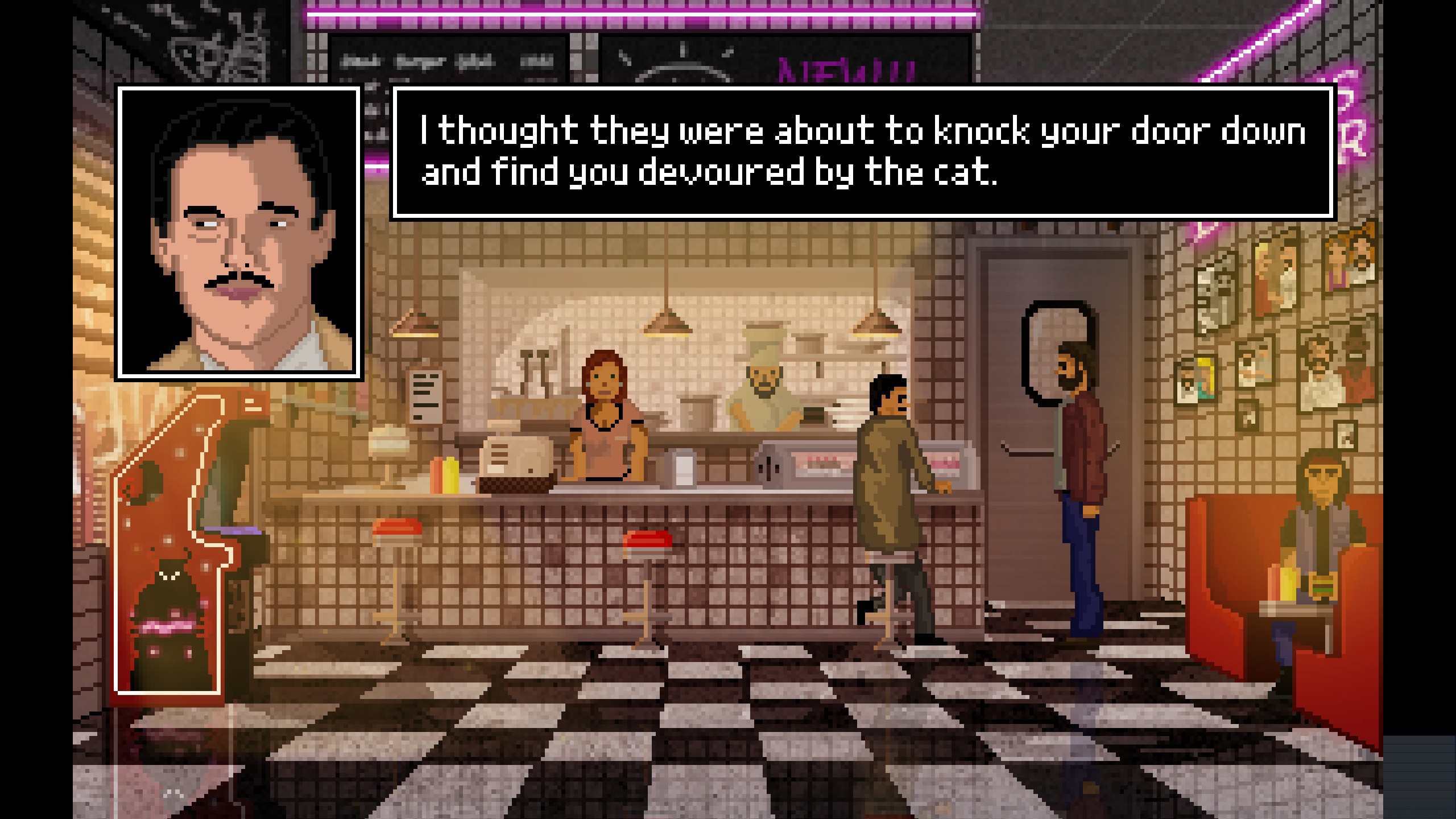
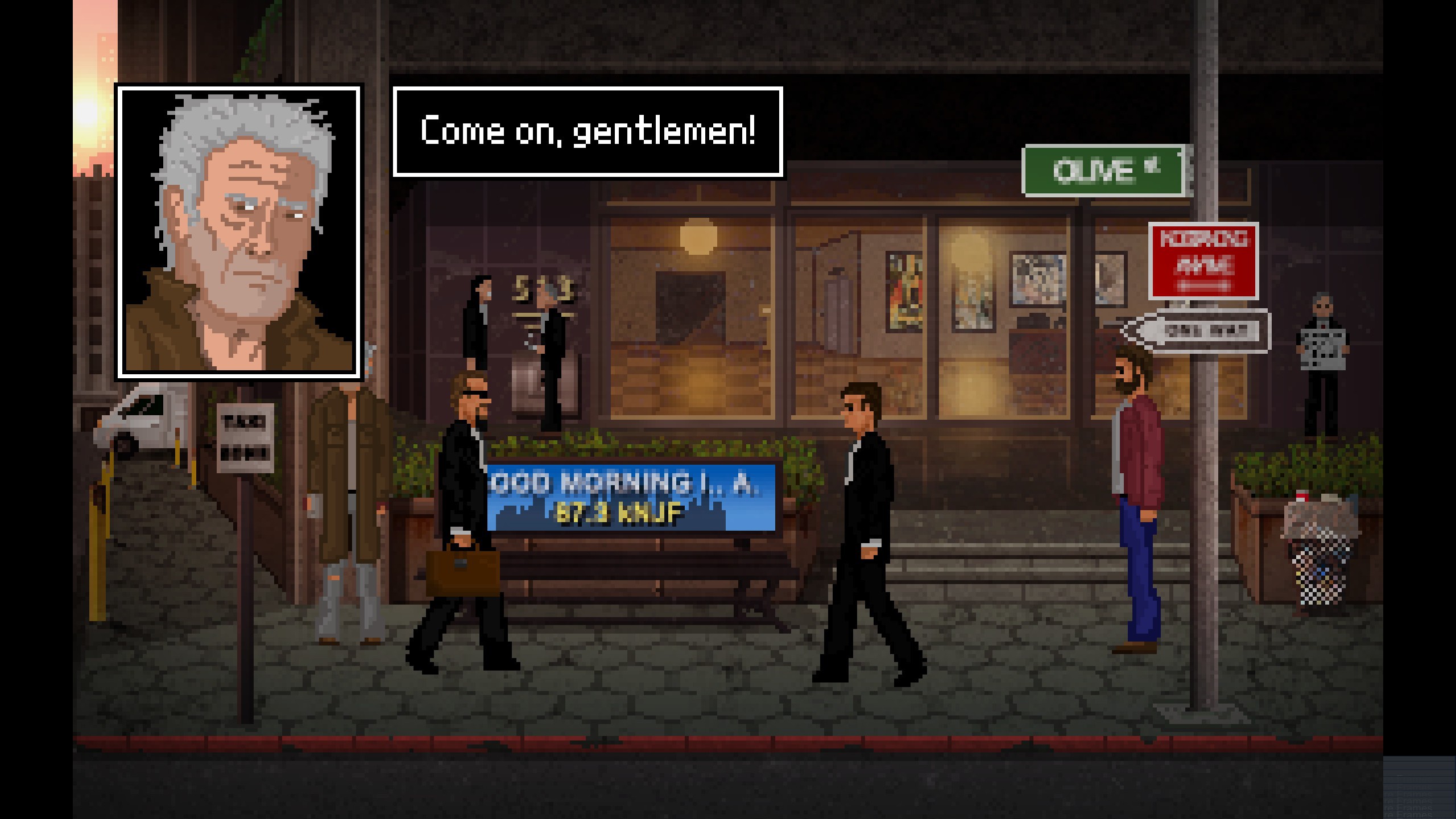


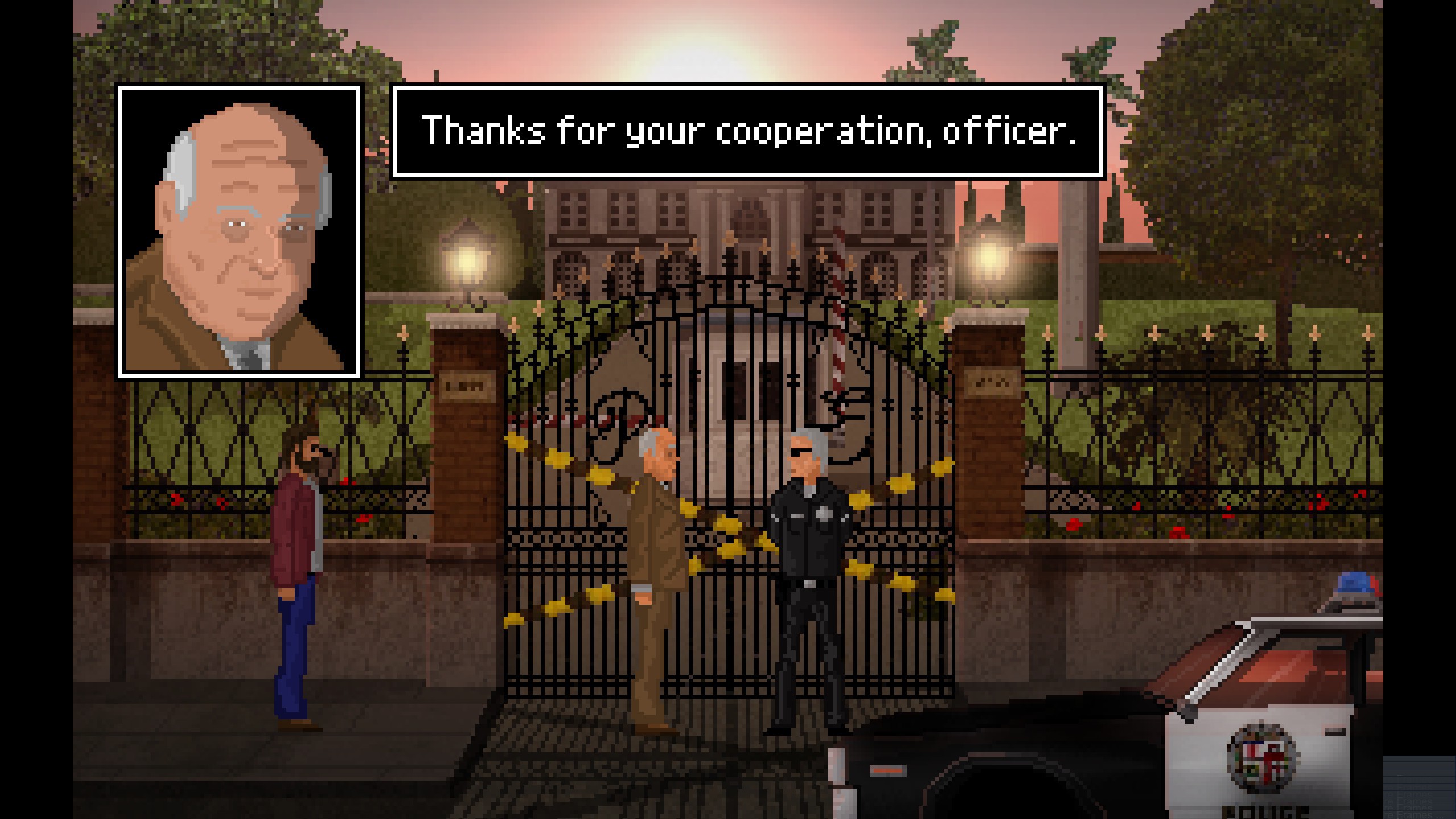

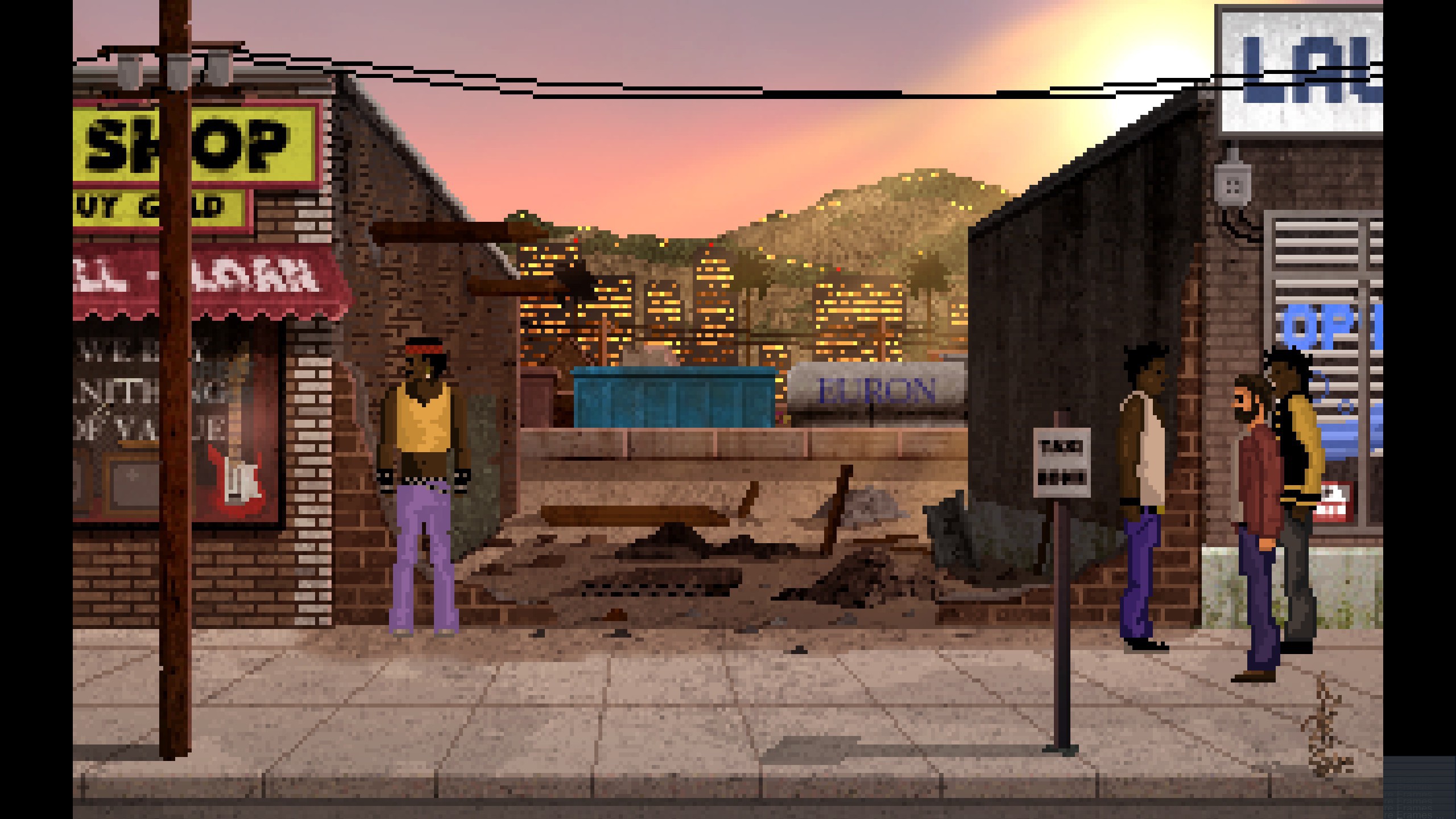

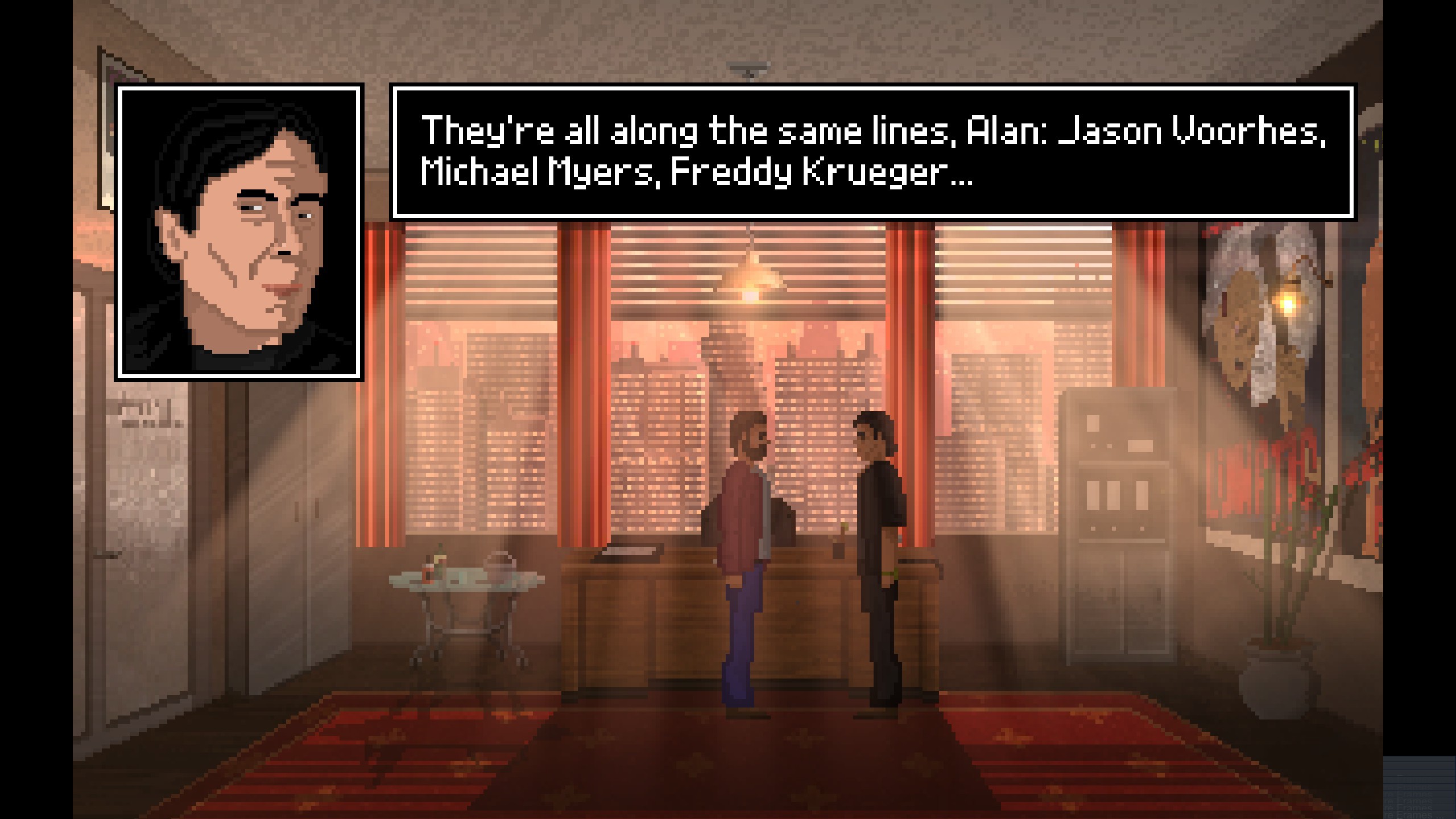


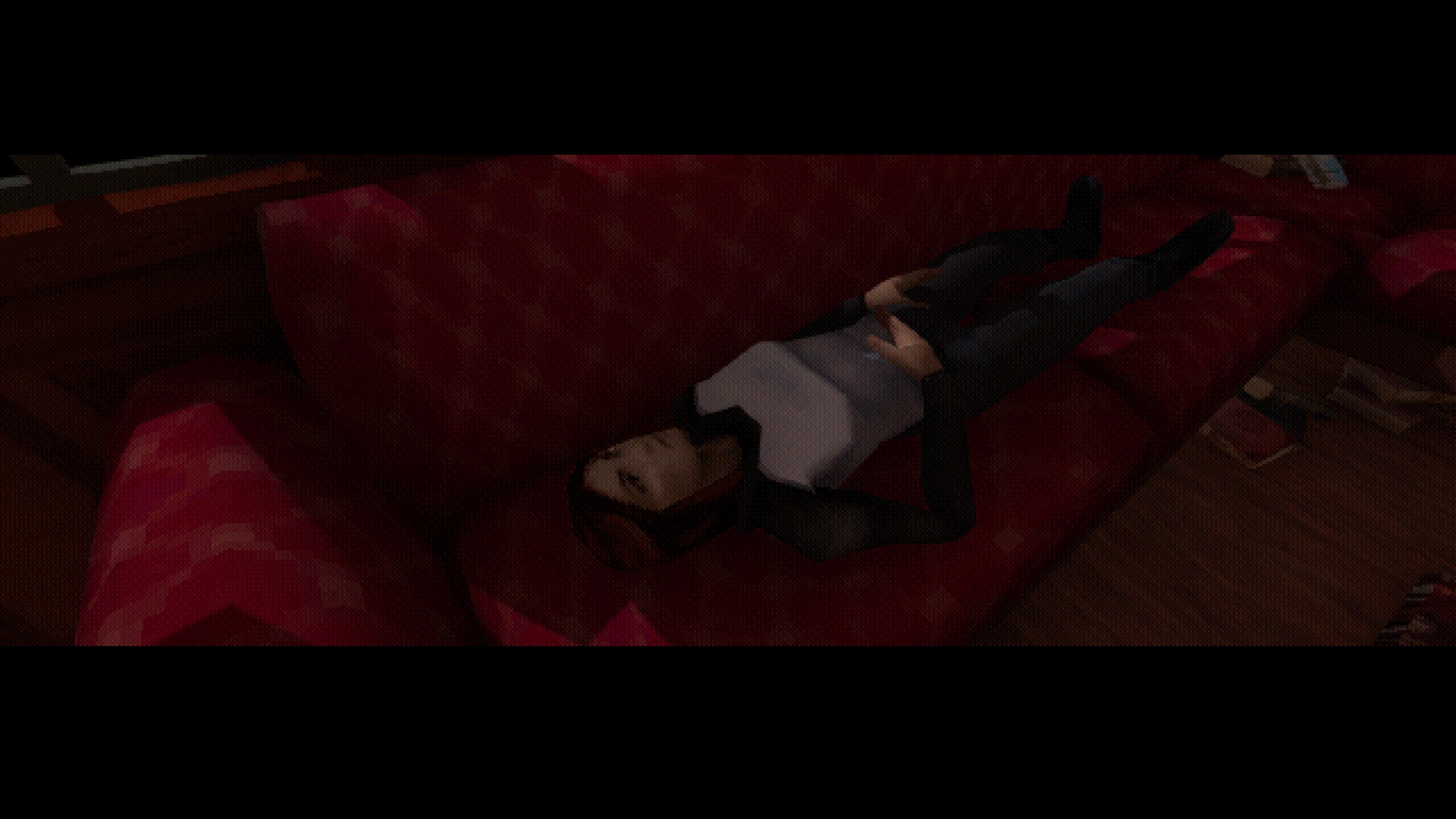


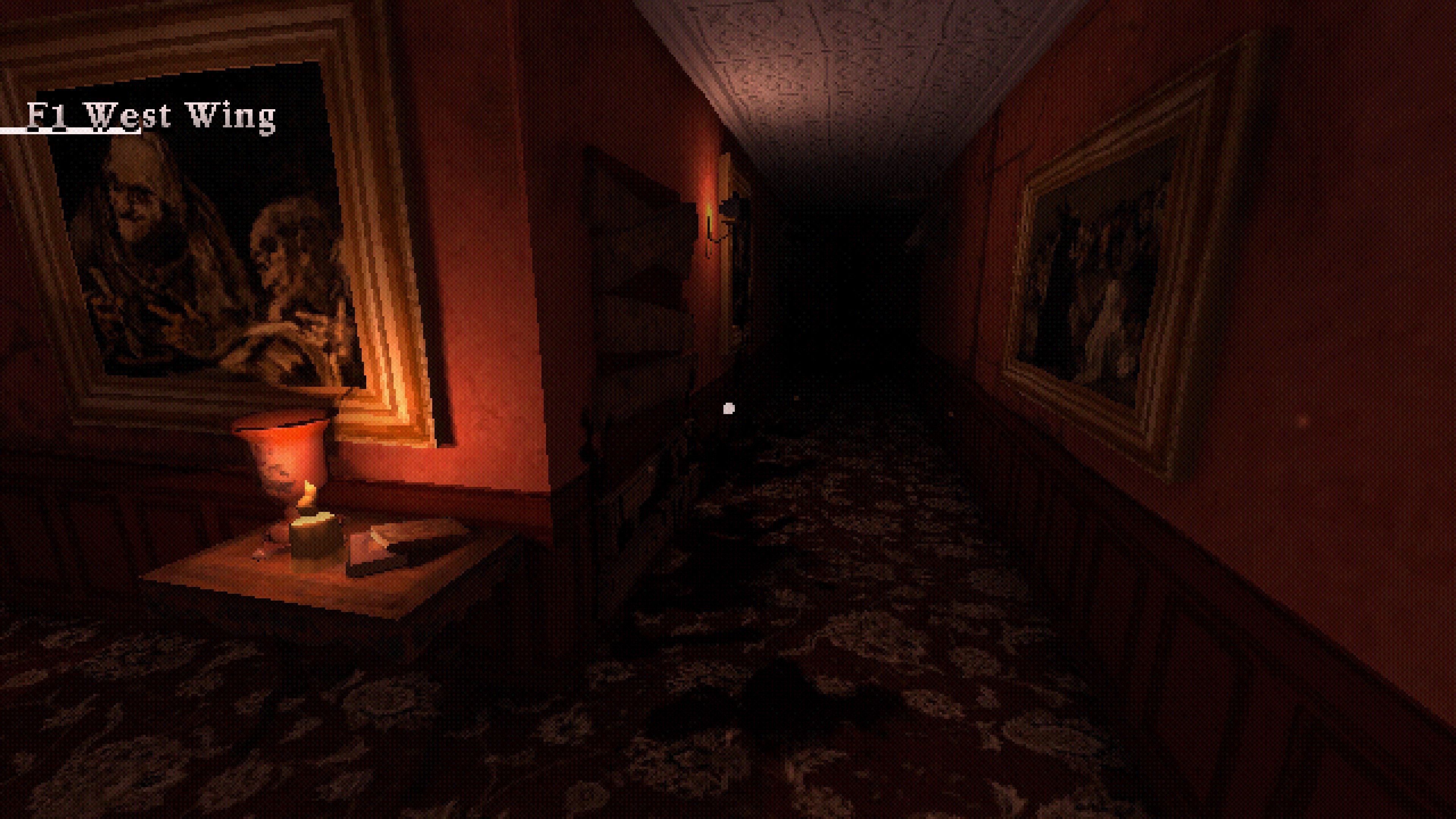


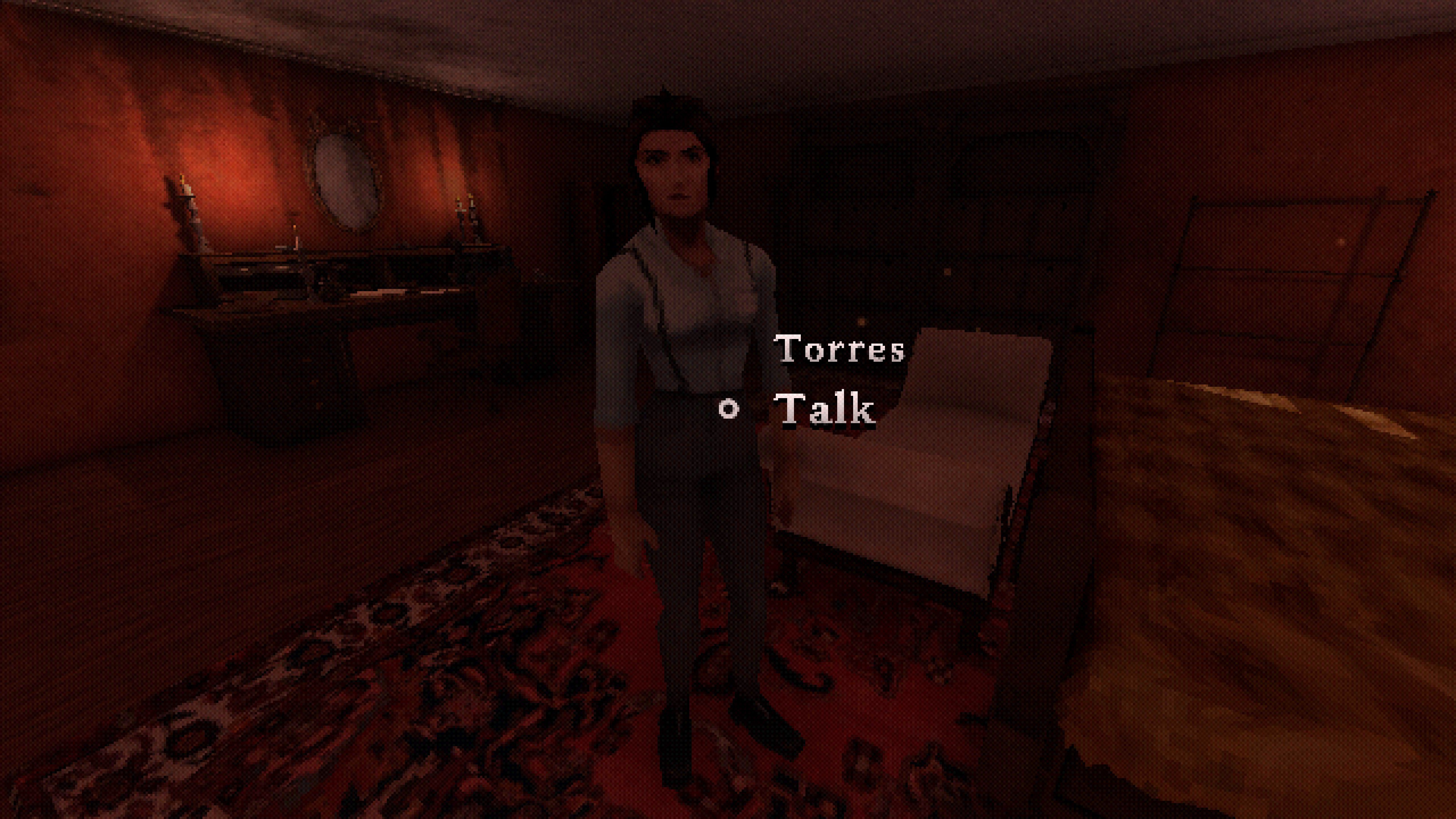
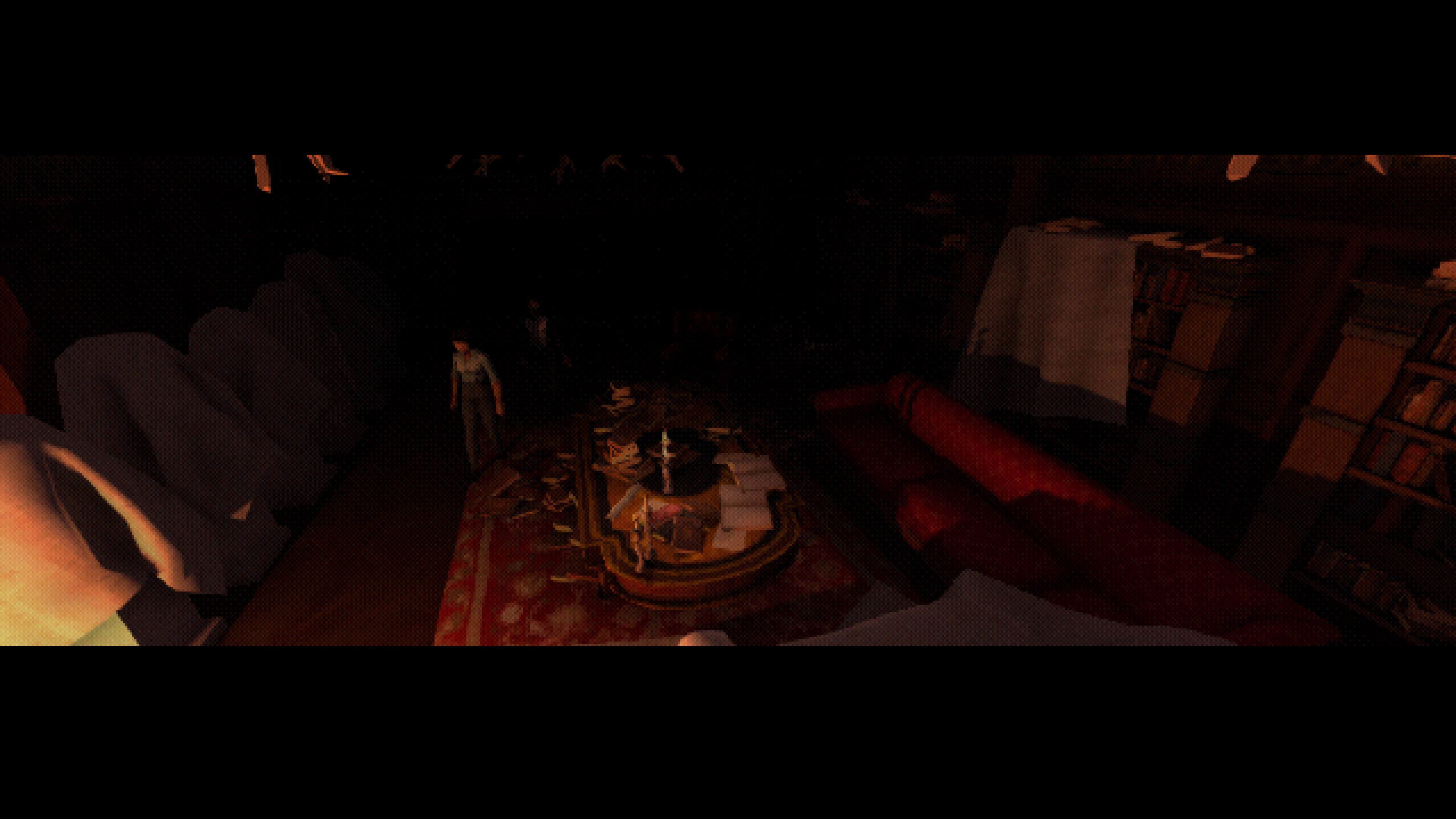


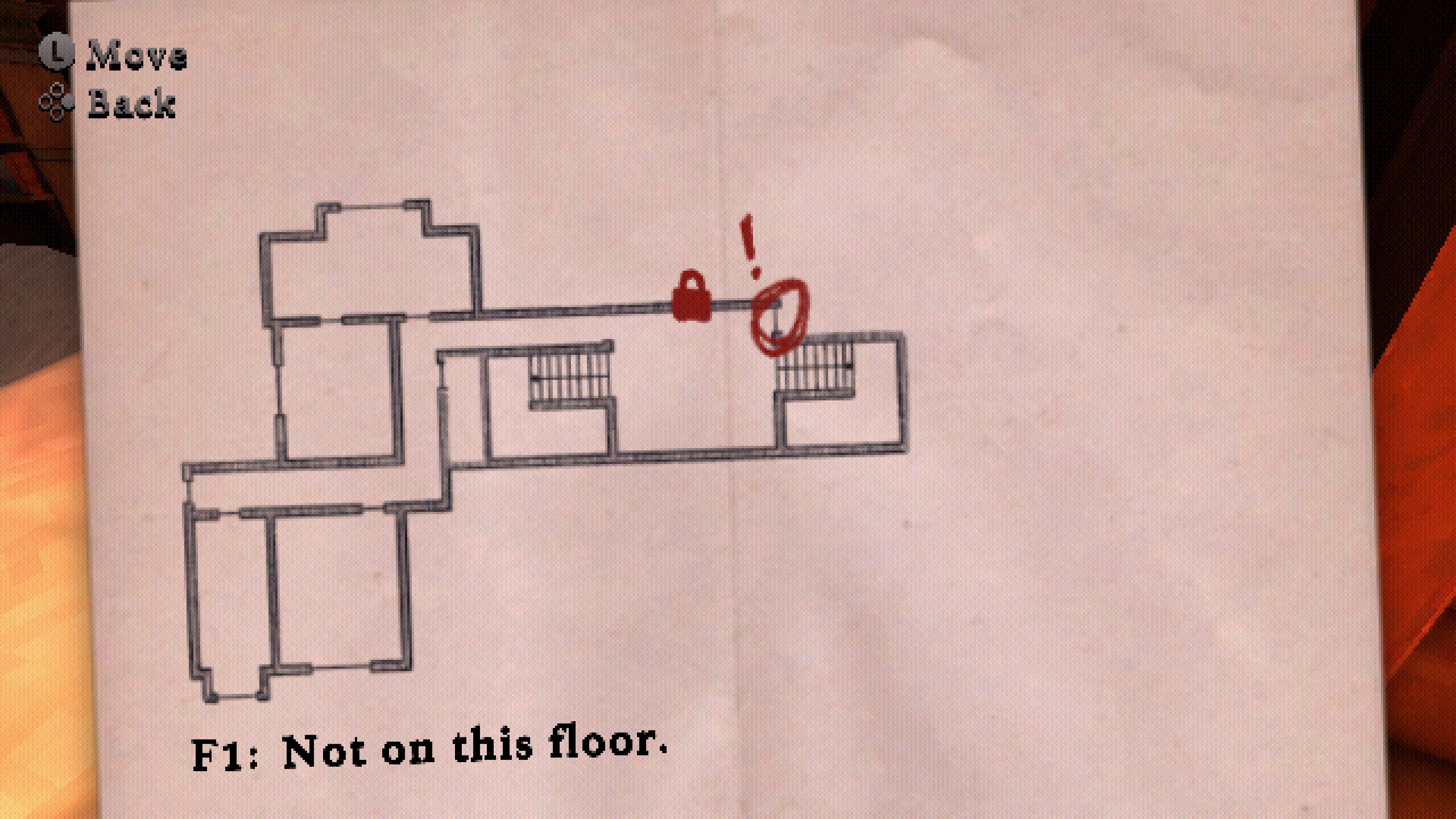


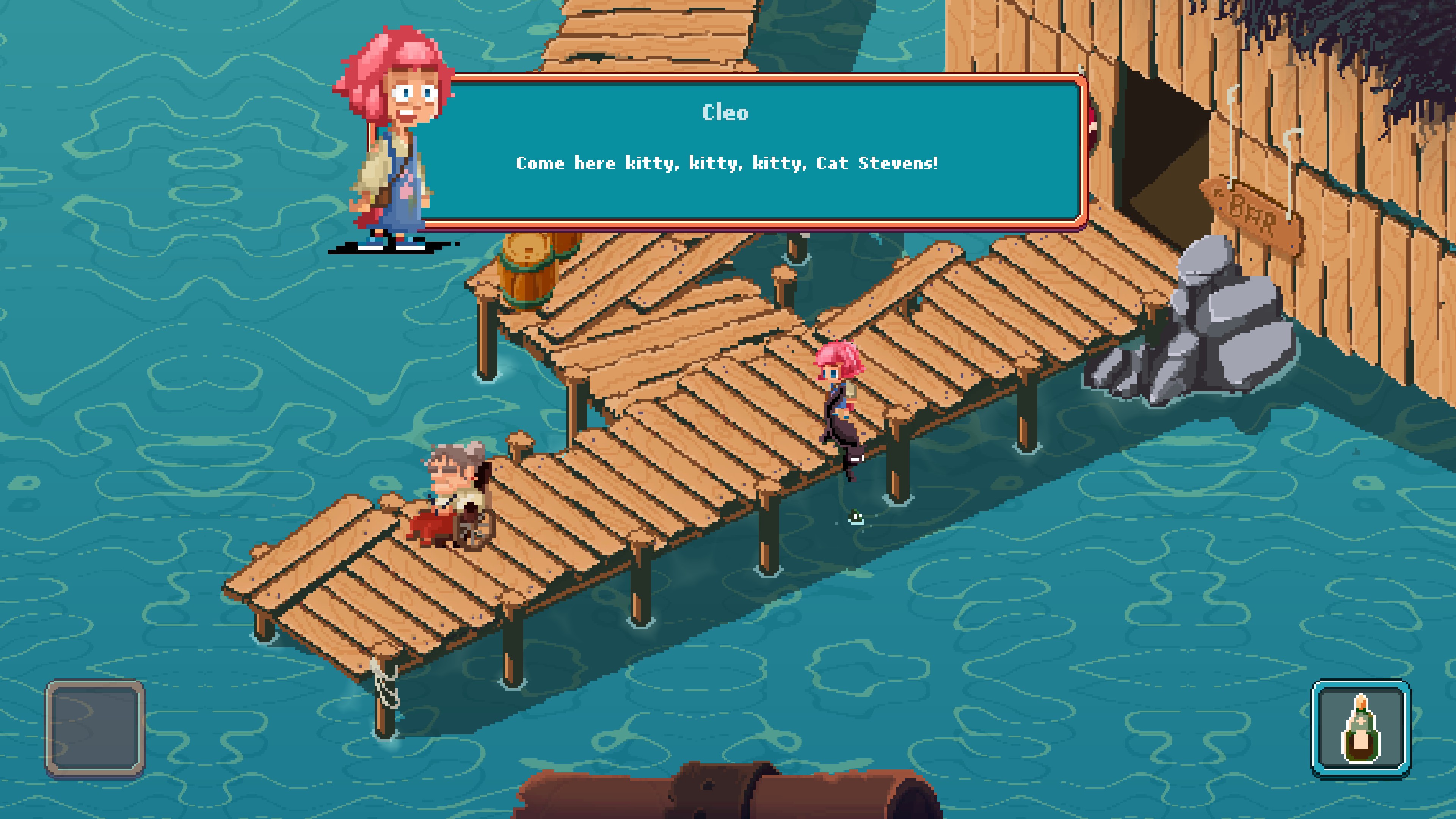


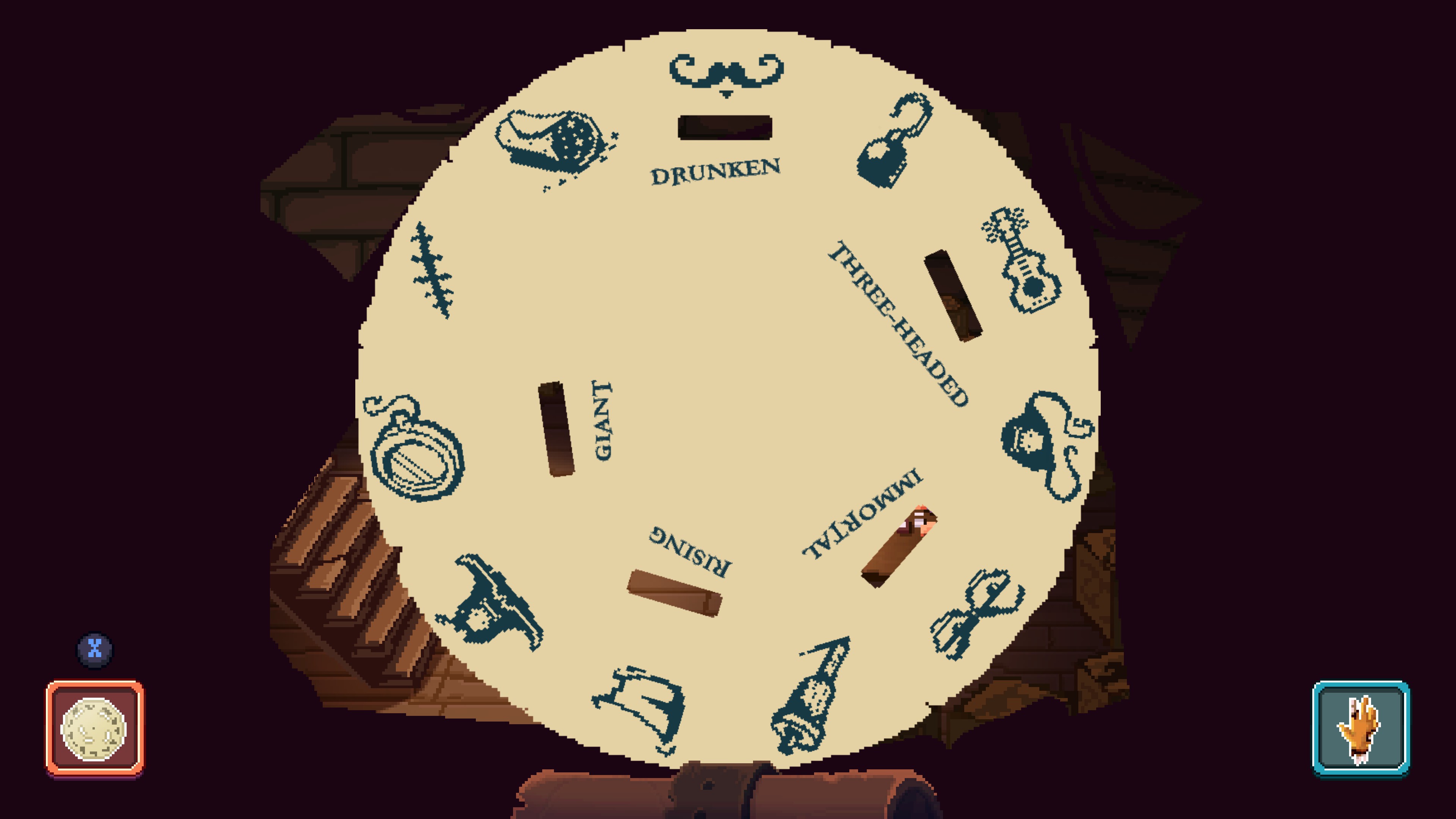
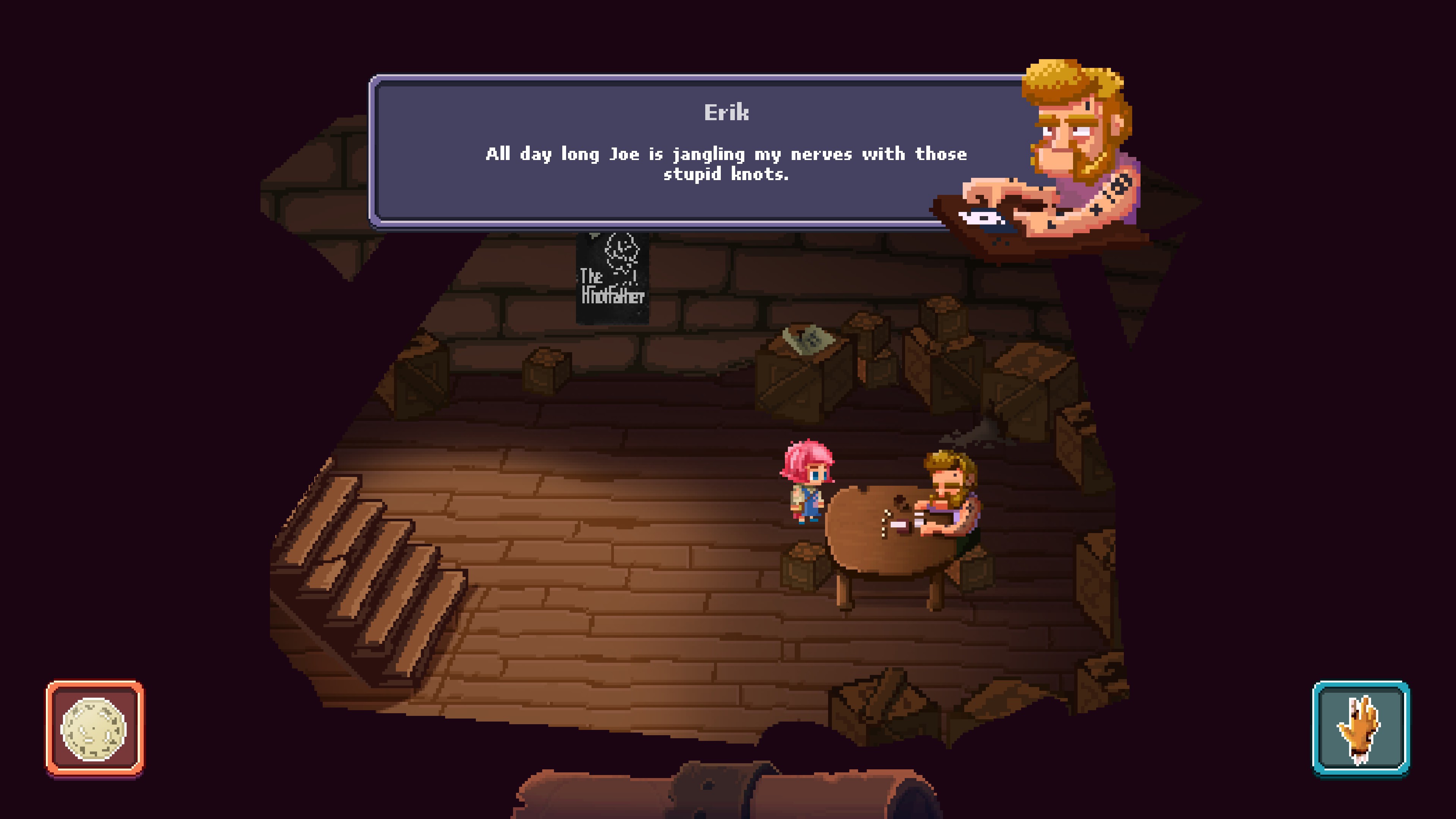

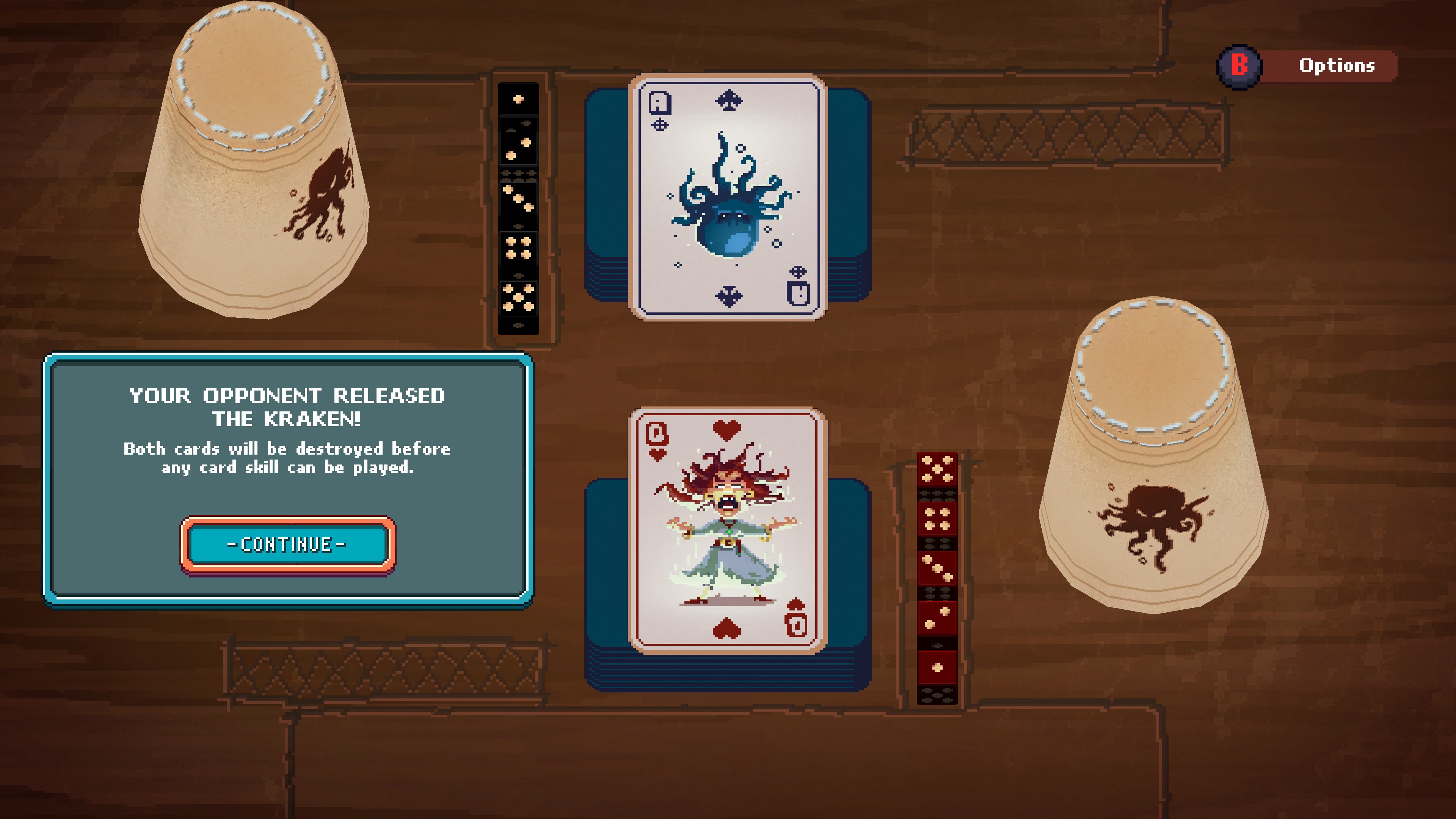
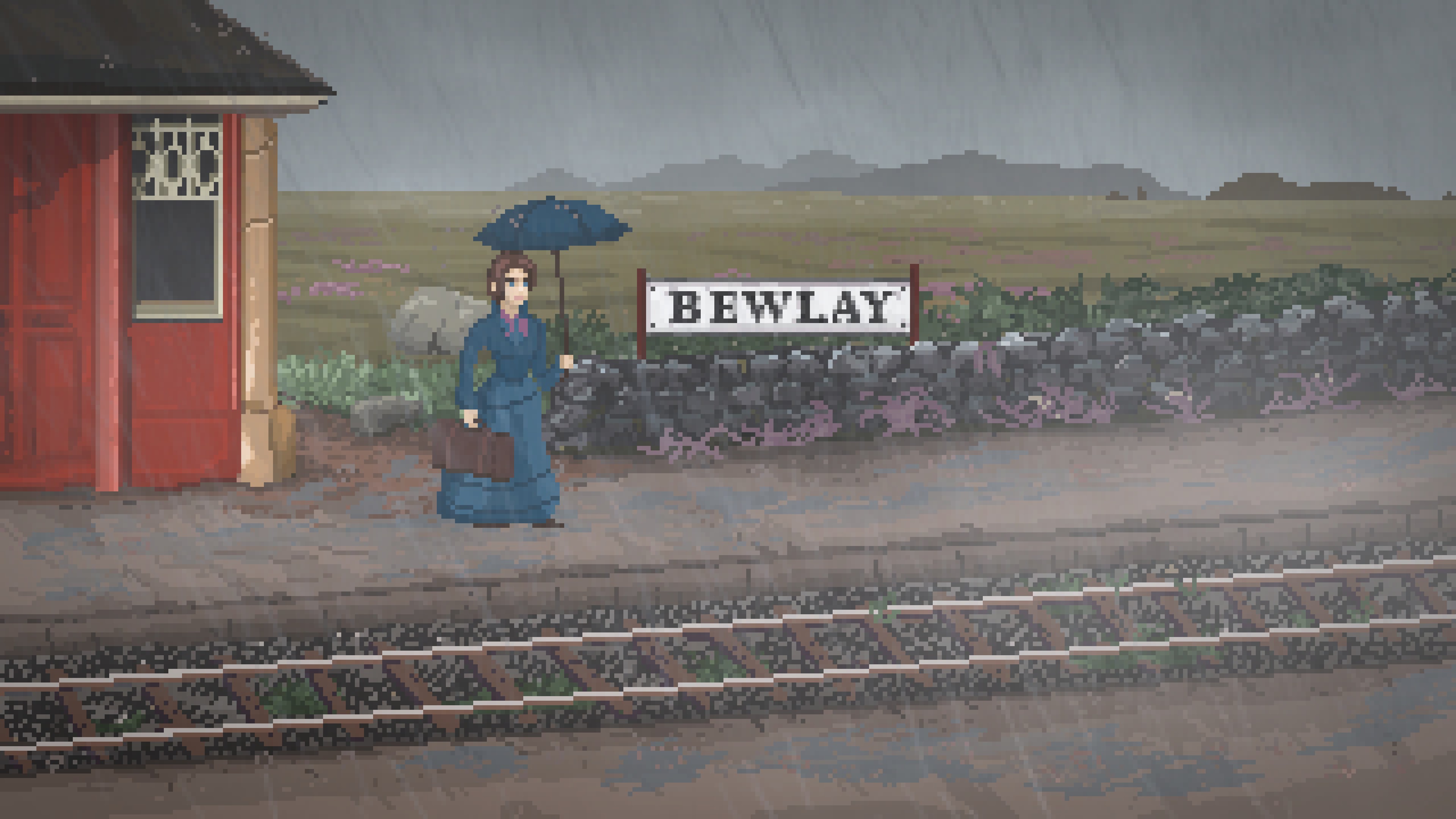
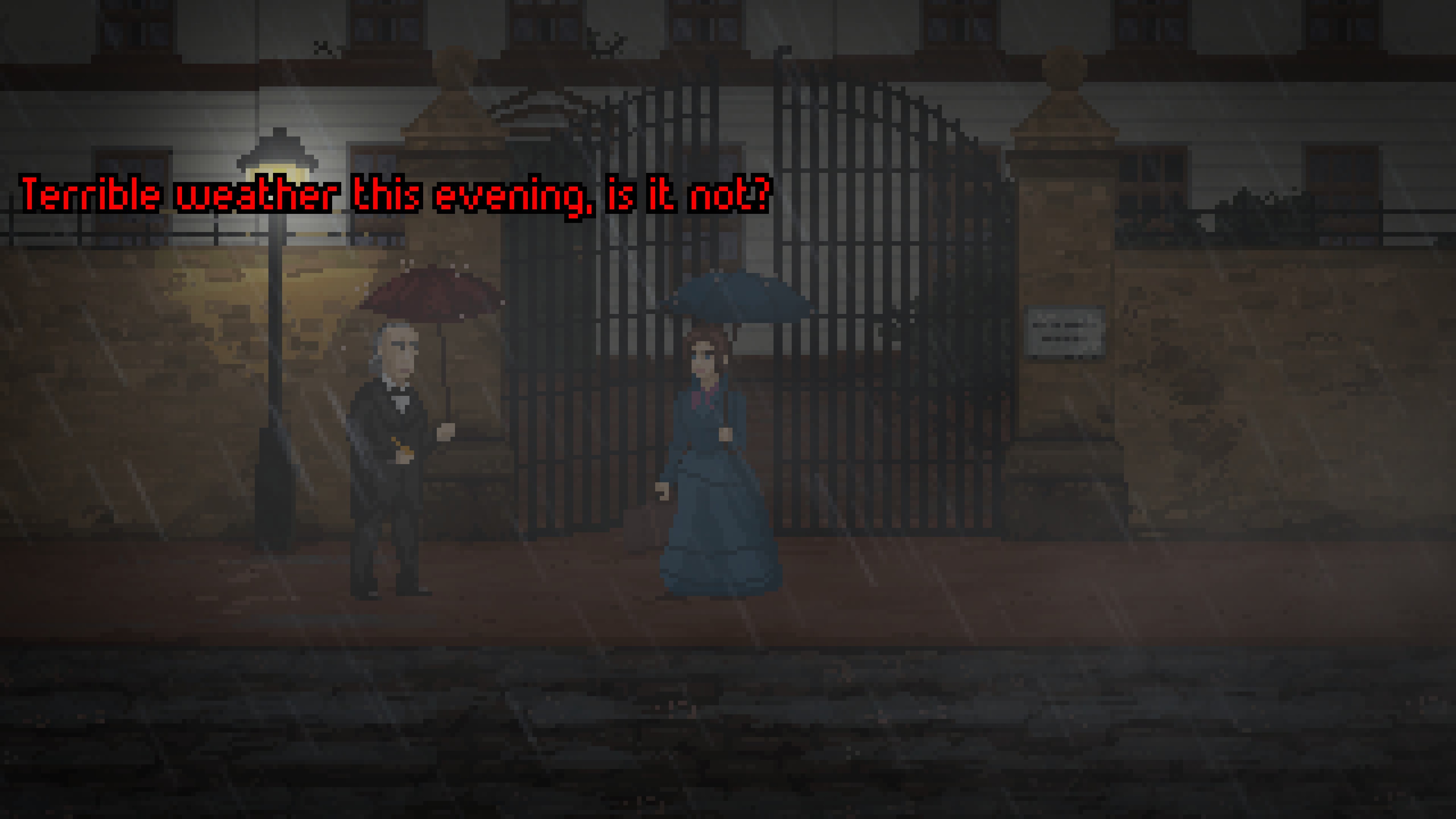
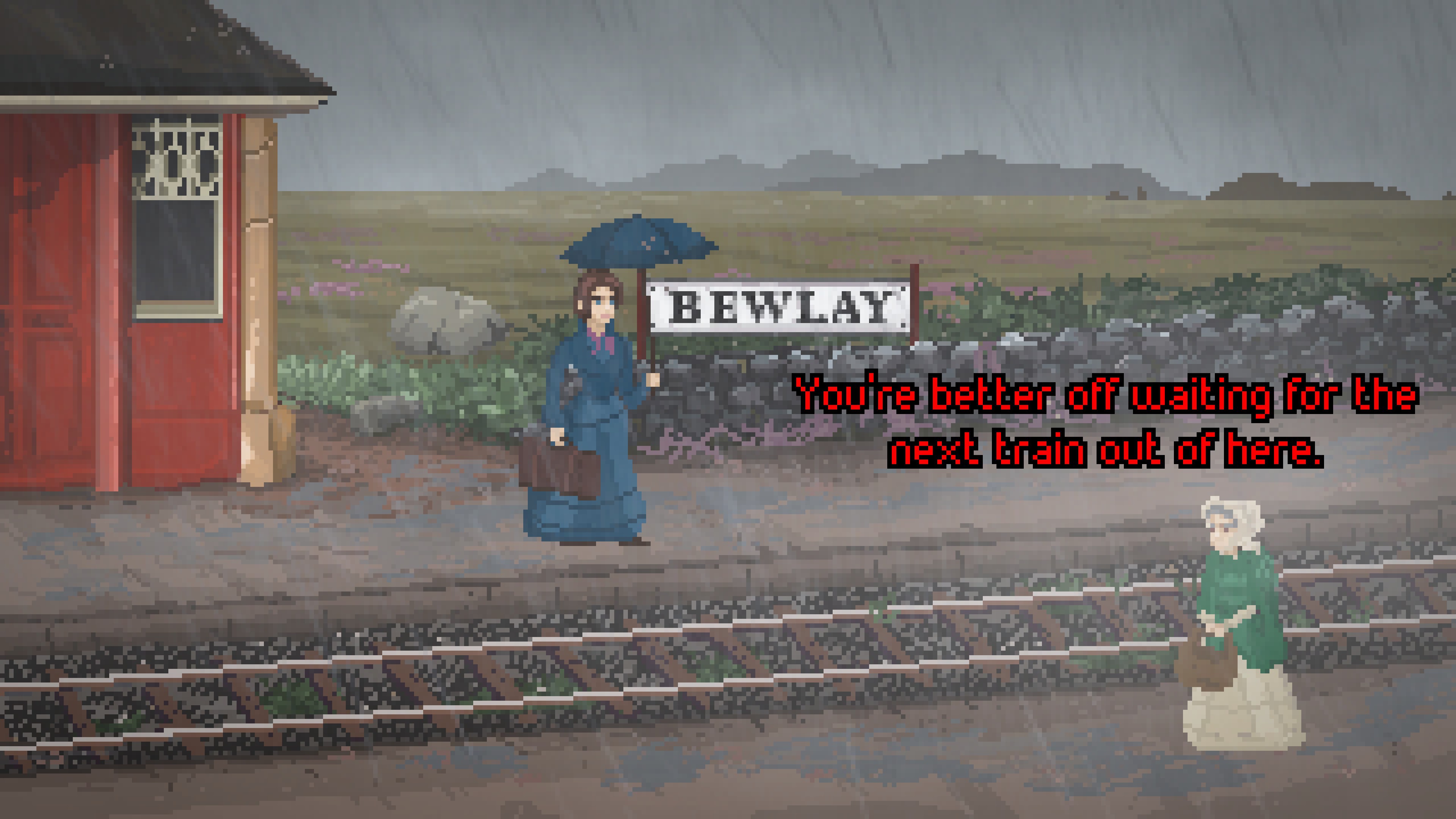




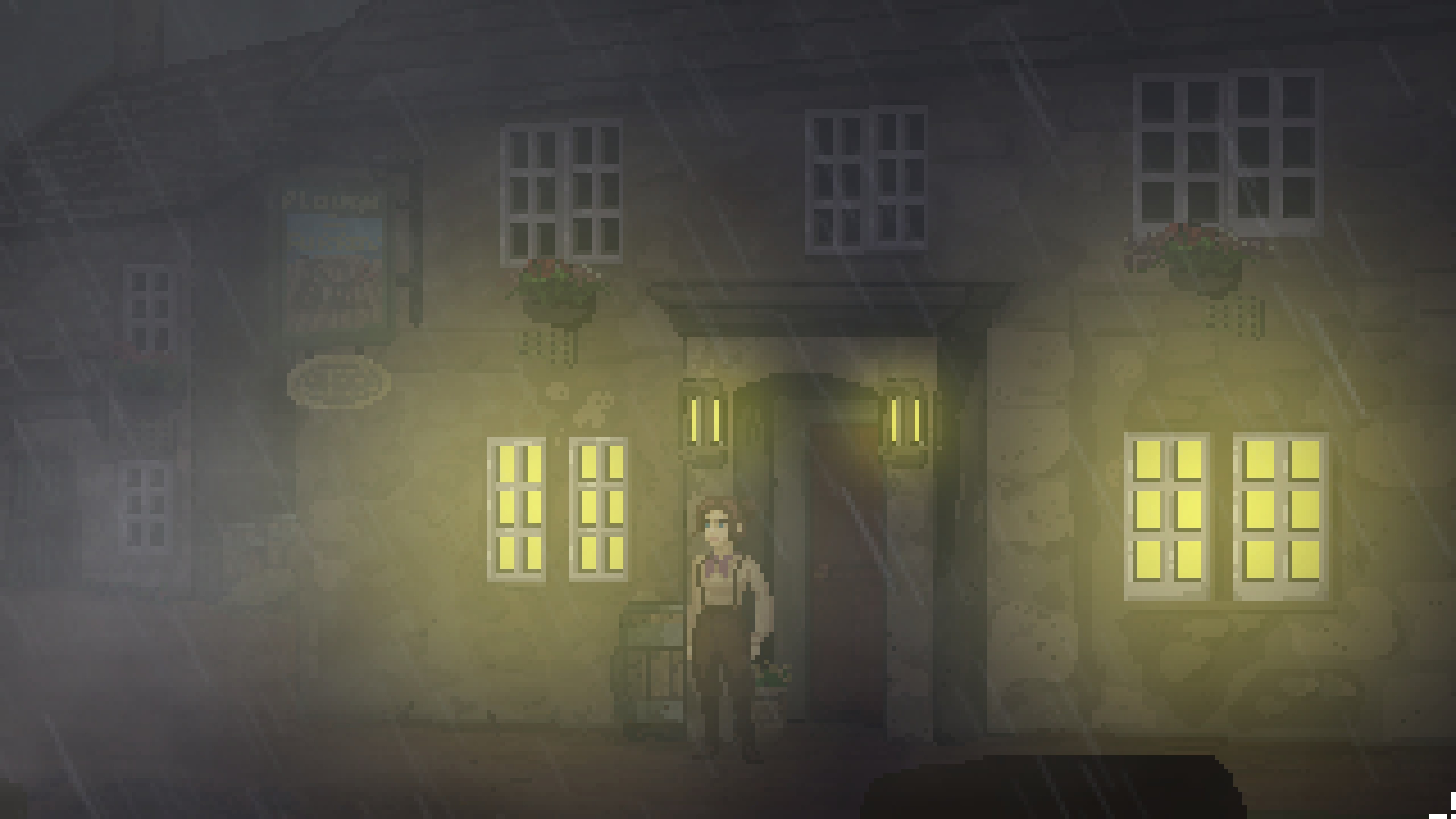







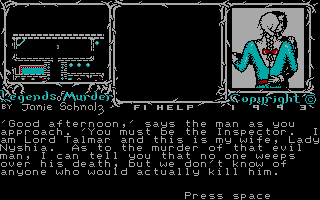

![The Year of Incline [2014] Codex 2014](/forums/smiles/campaign_tags/campaign_incline2014.png)
